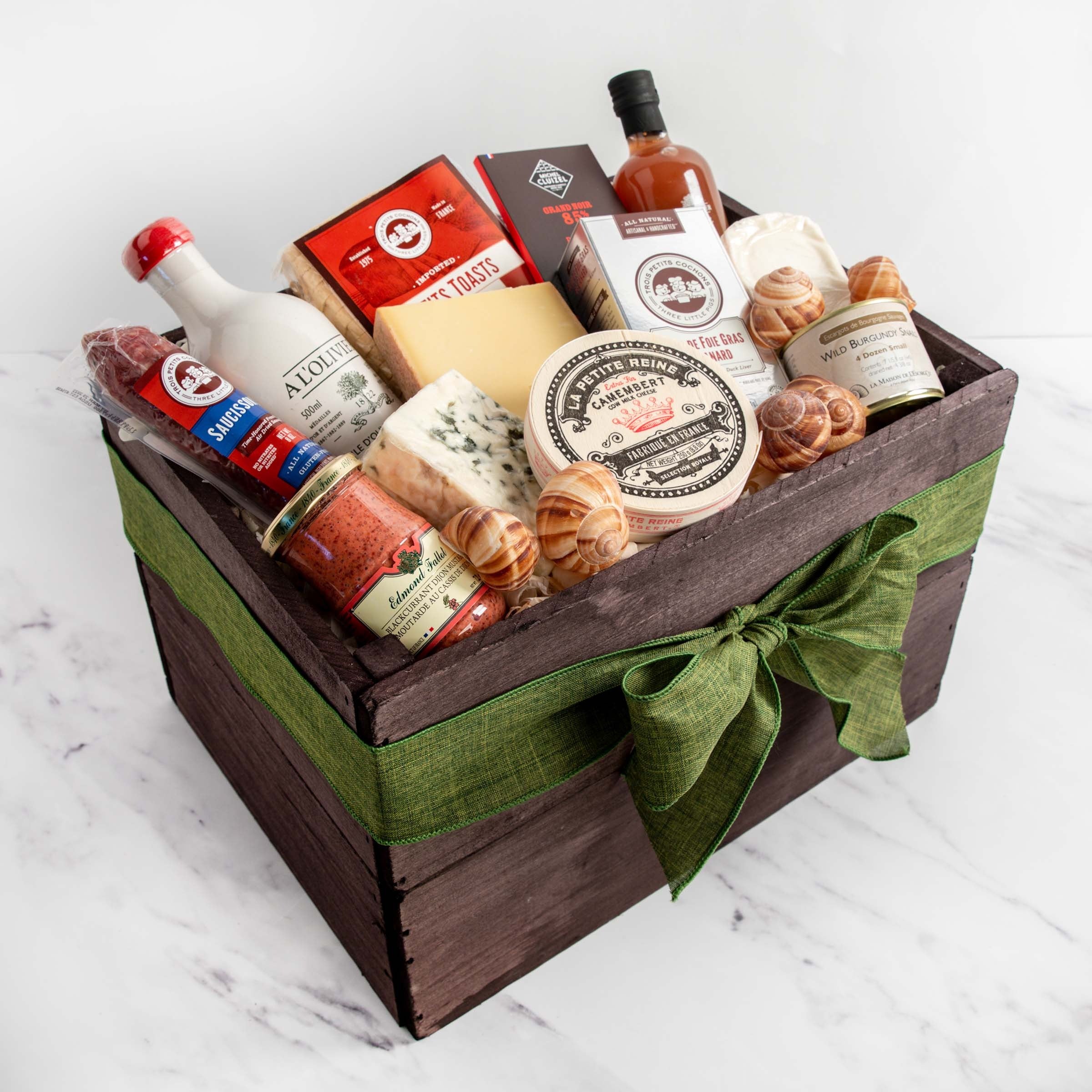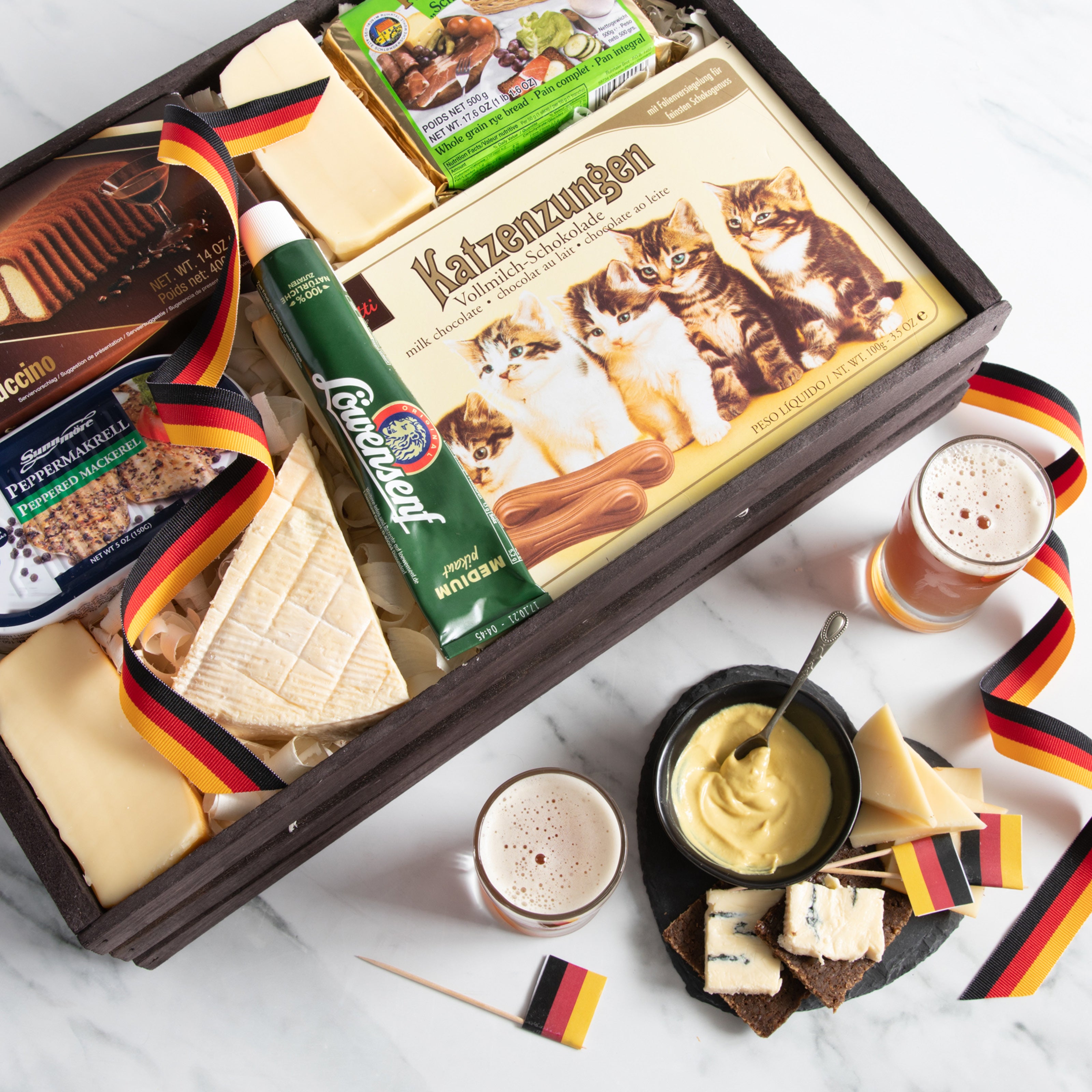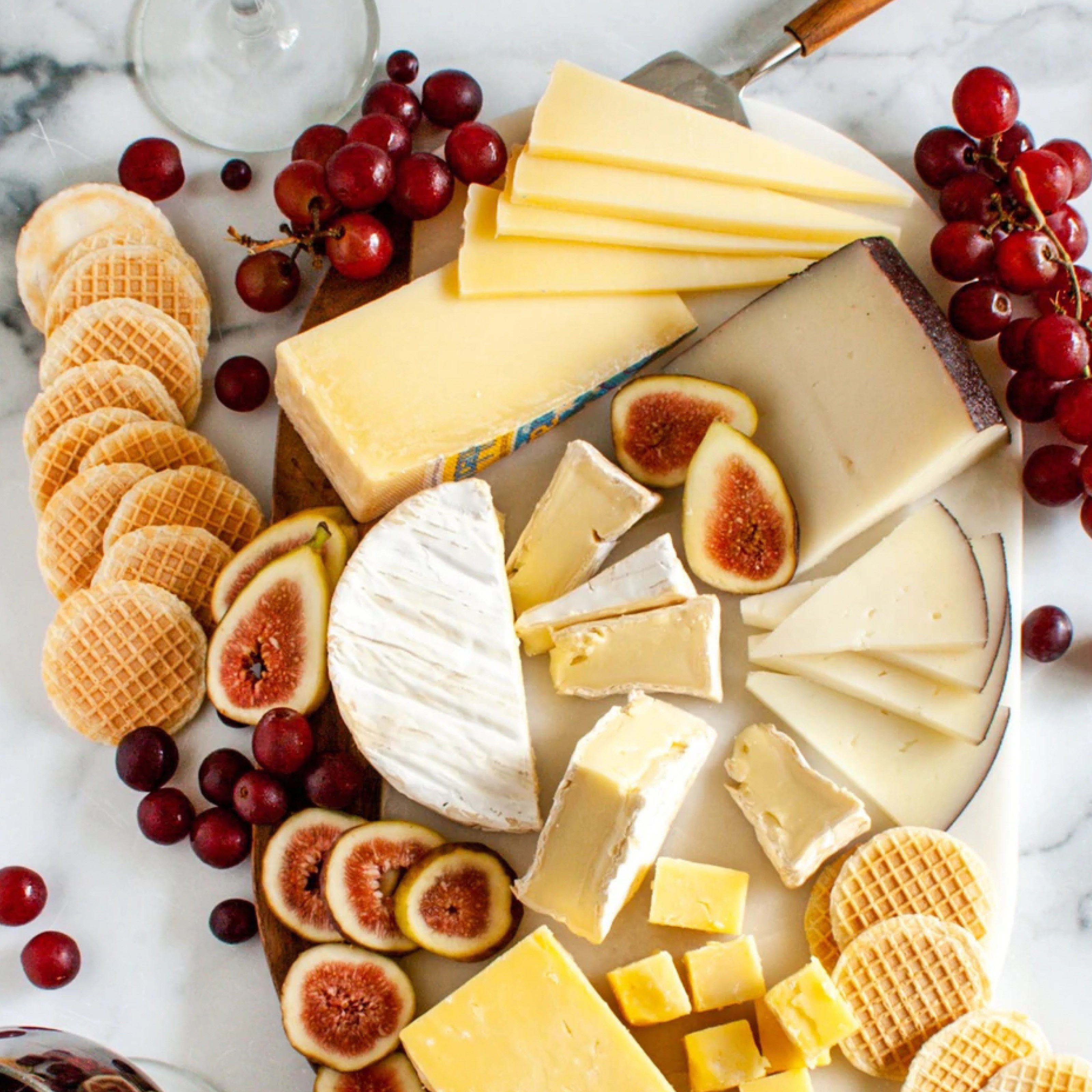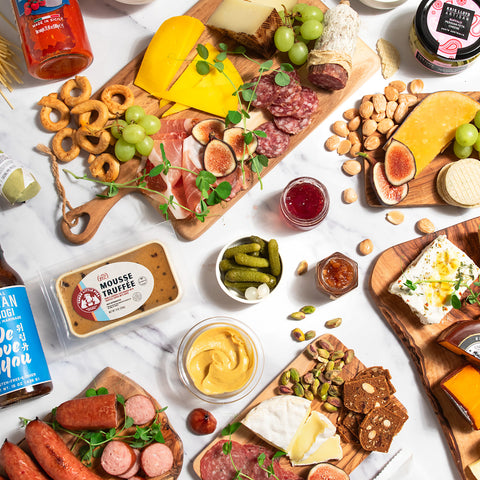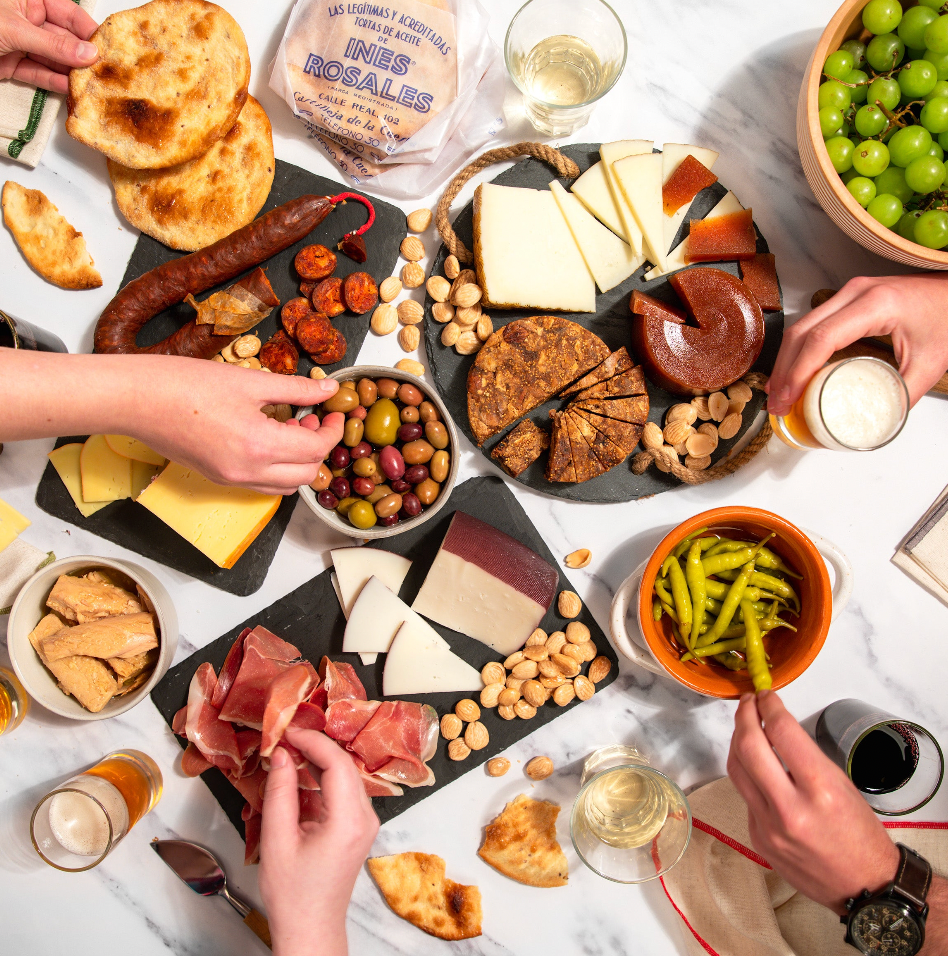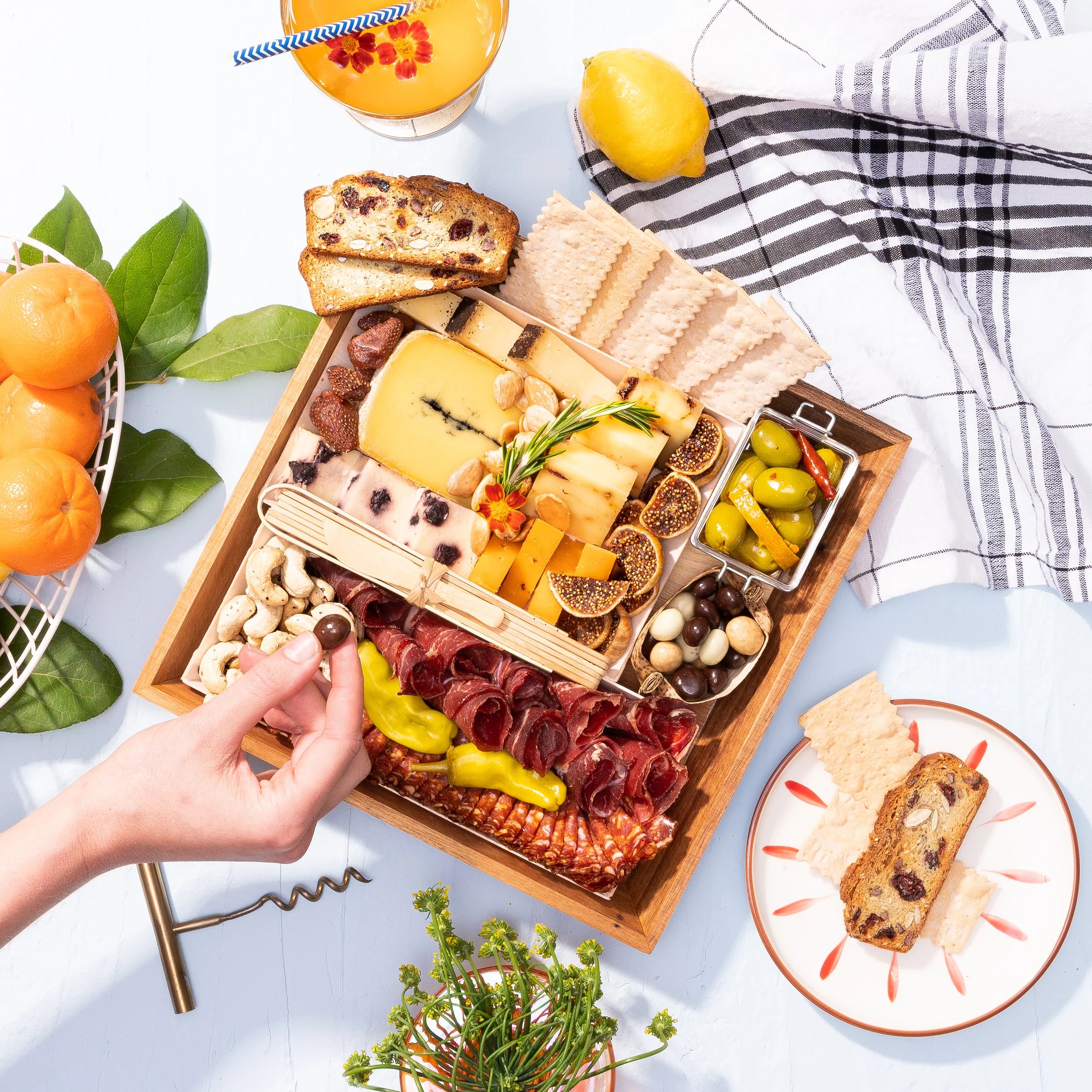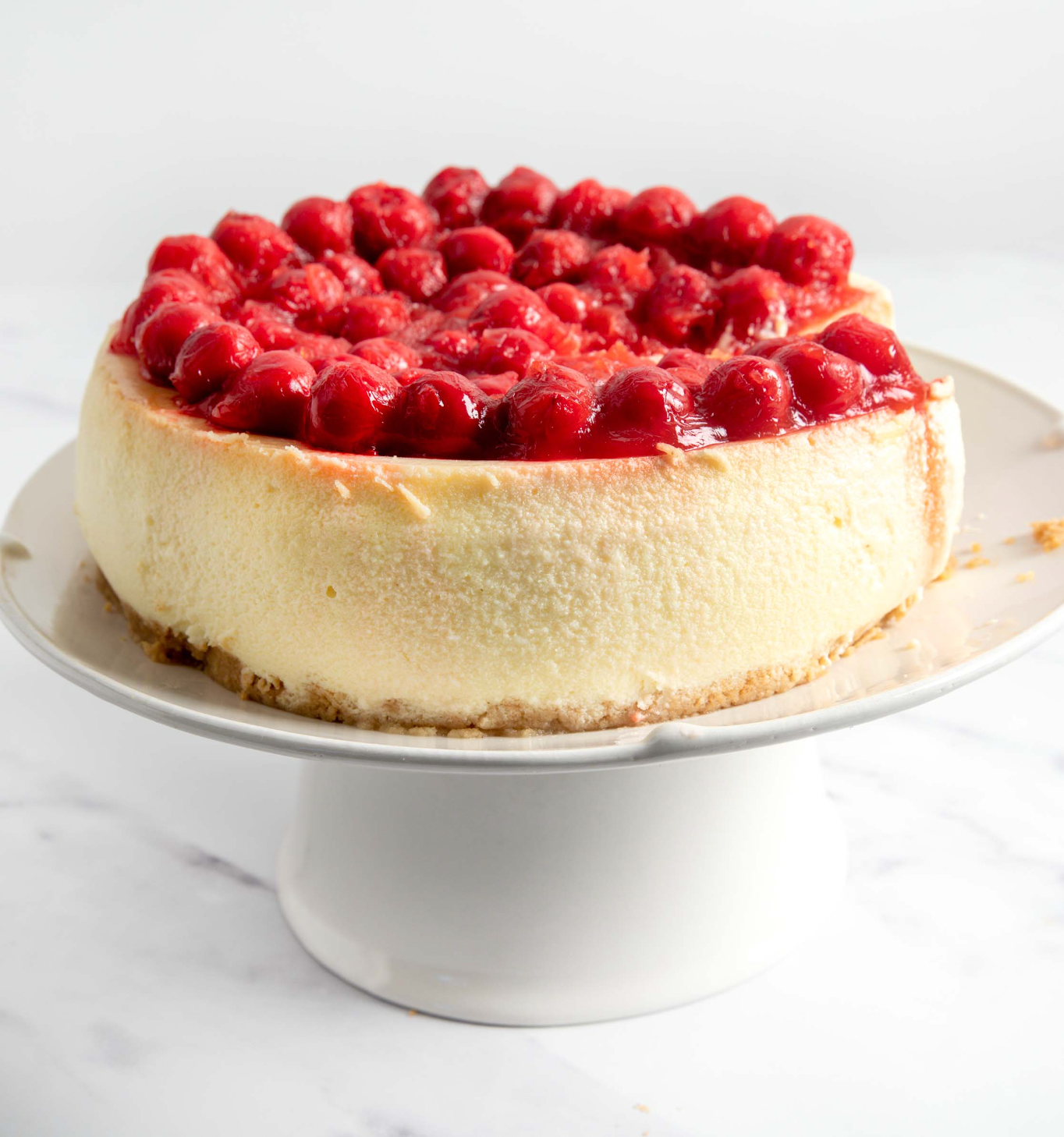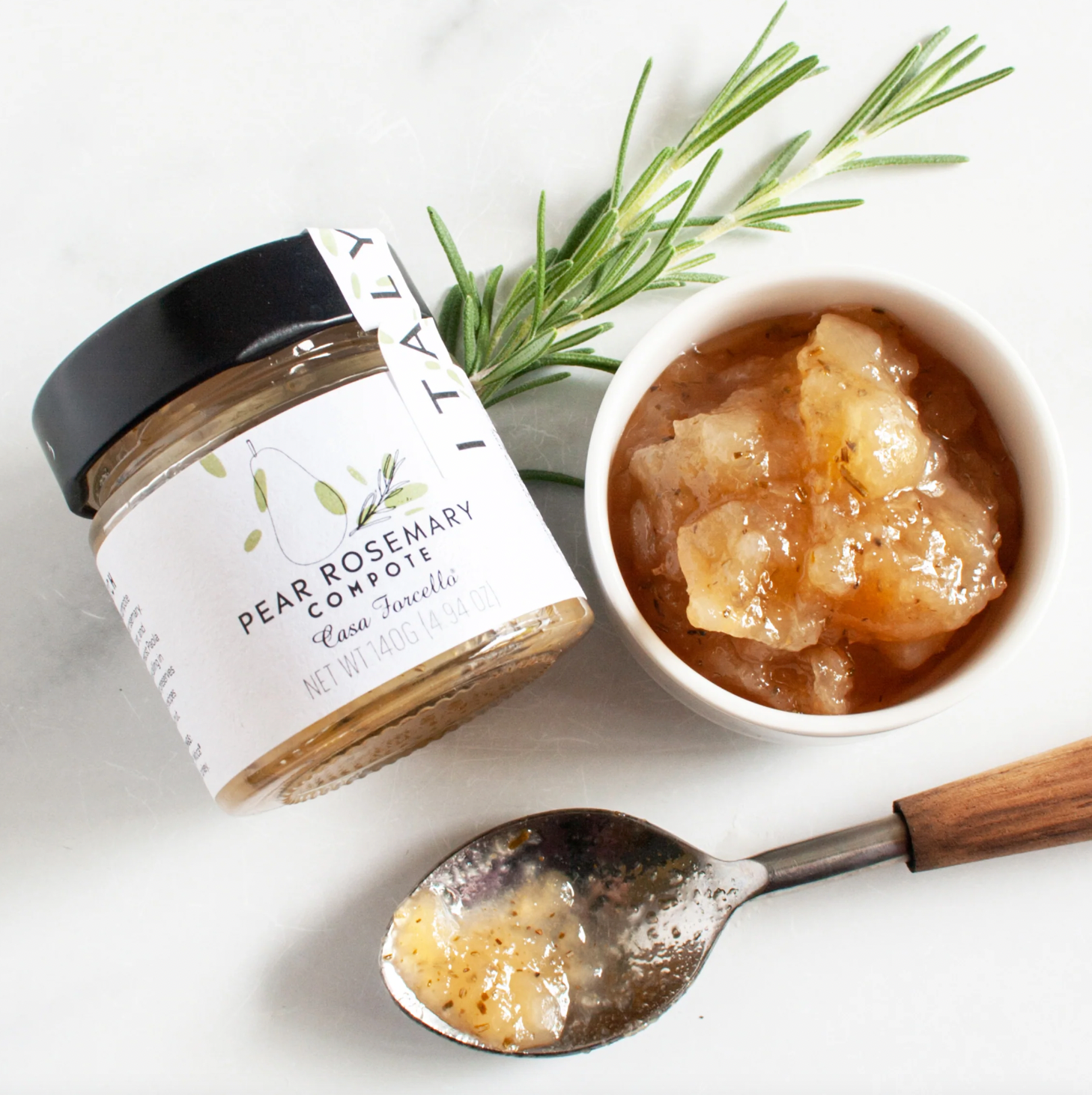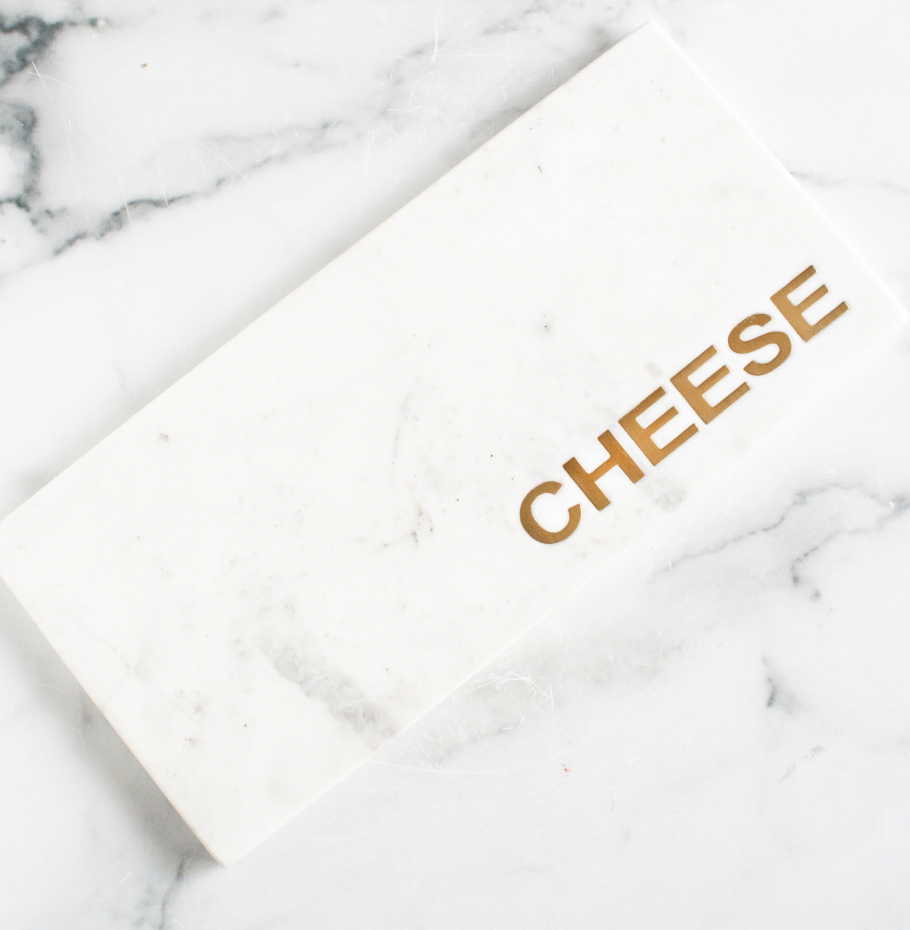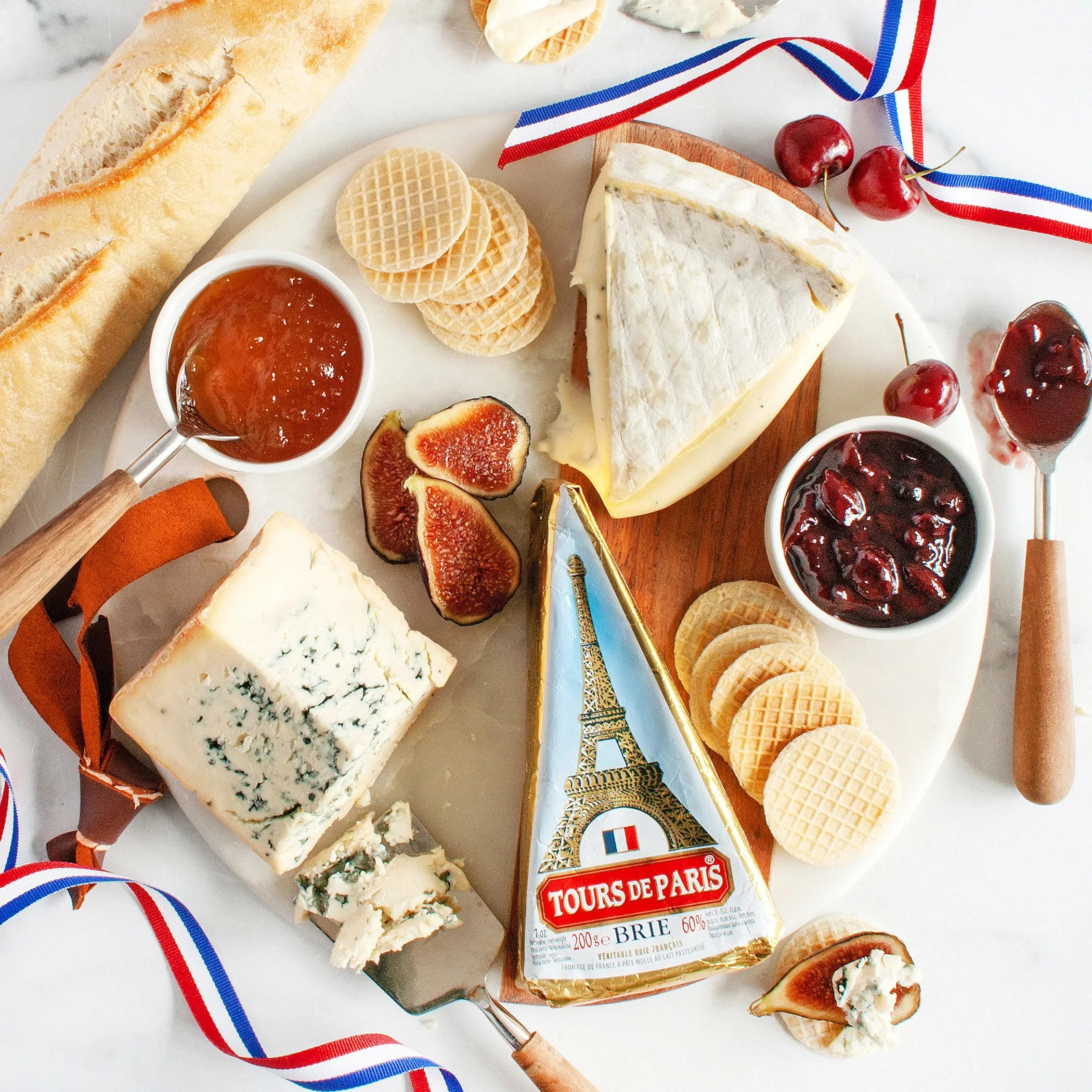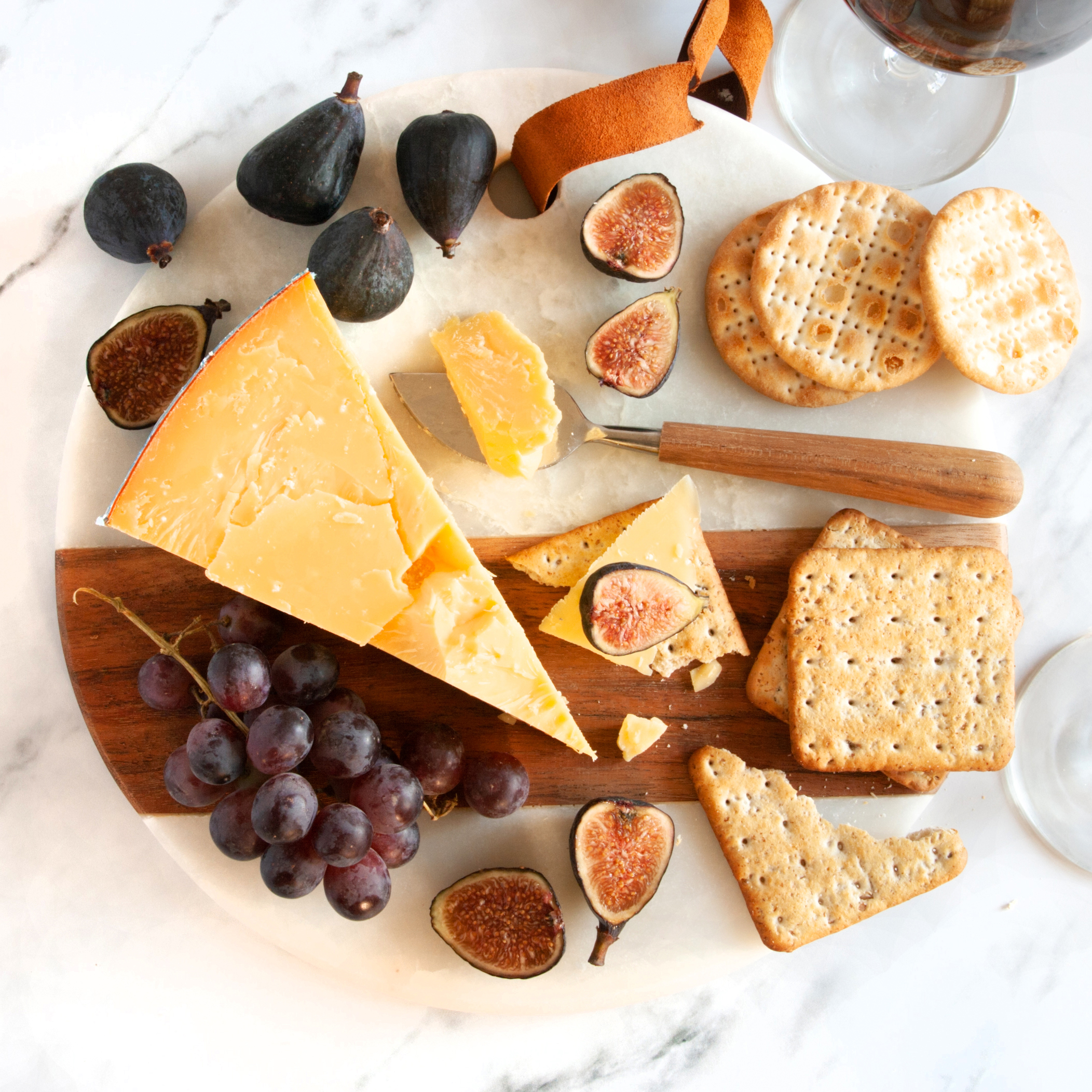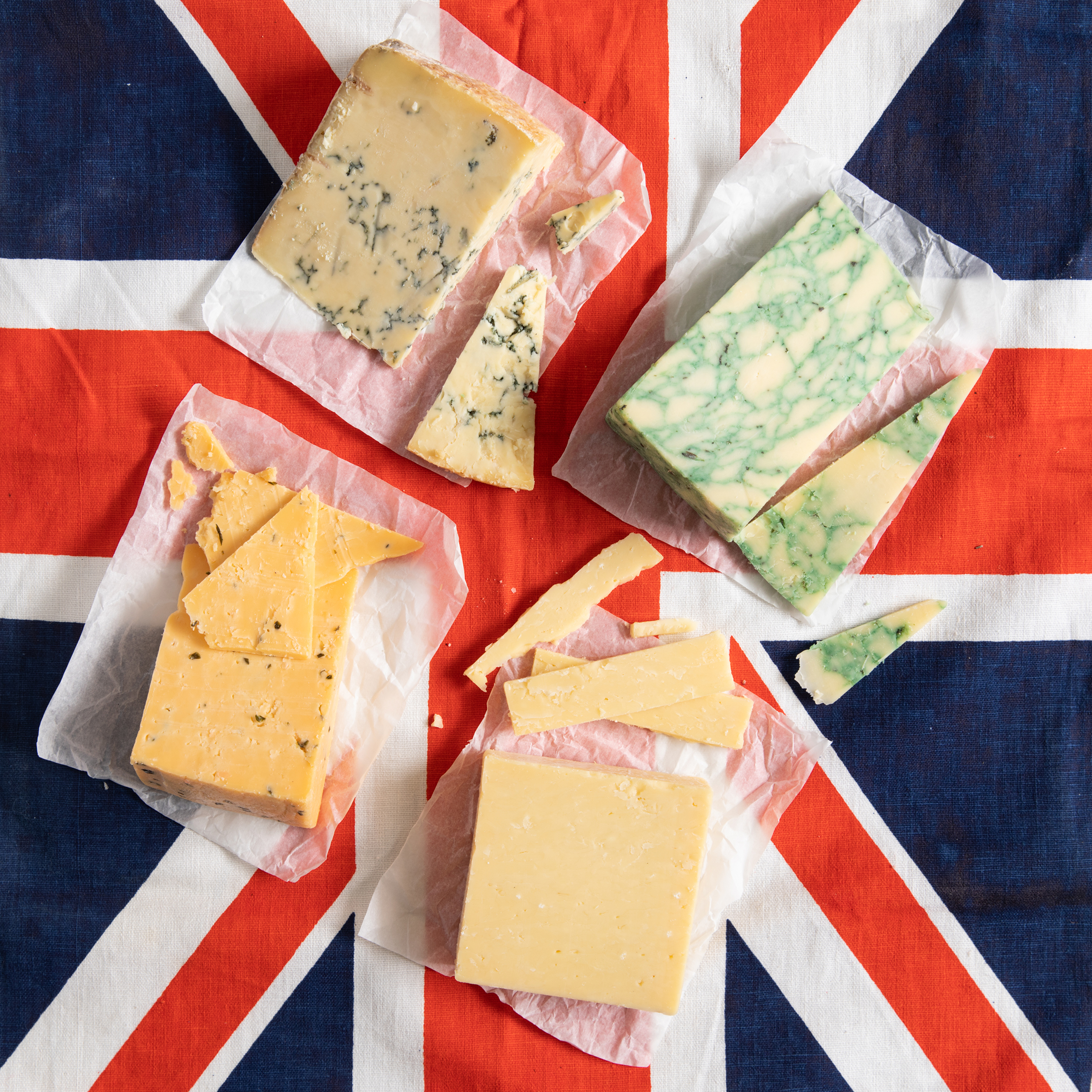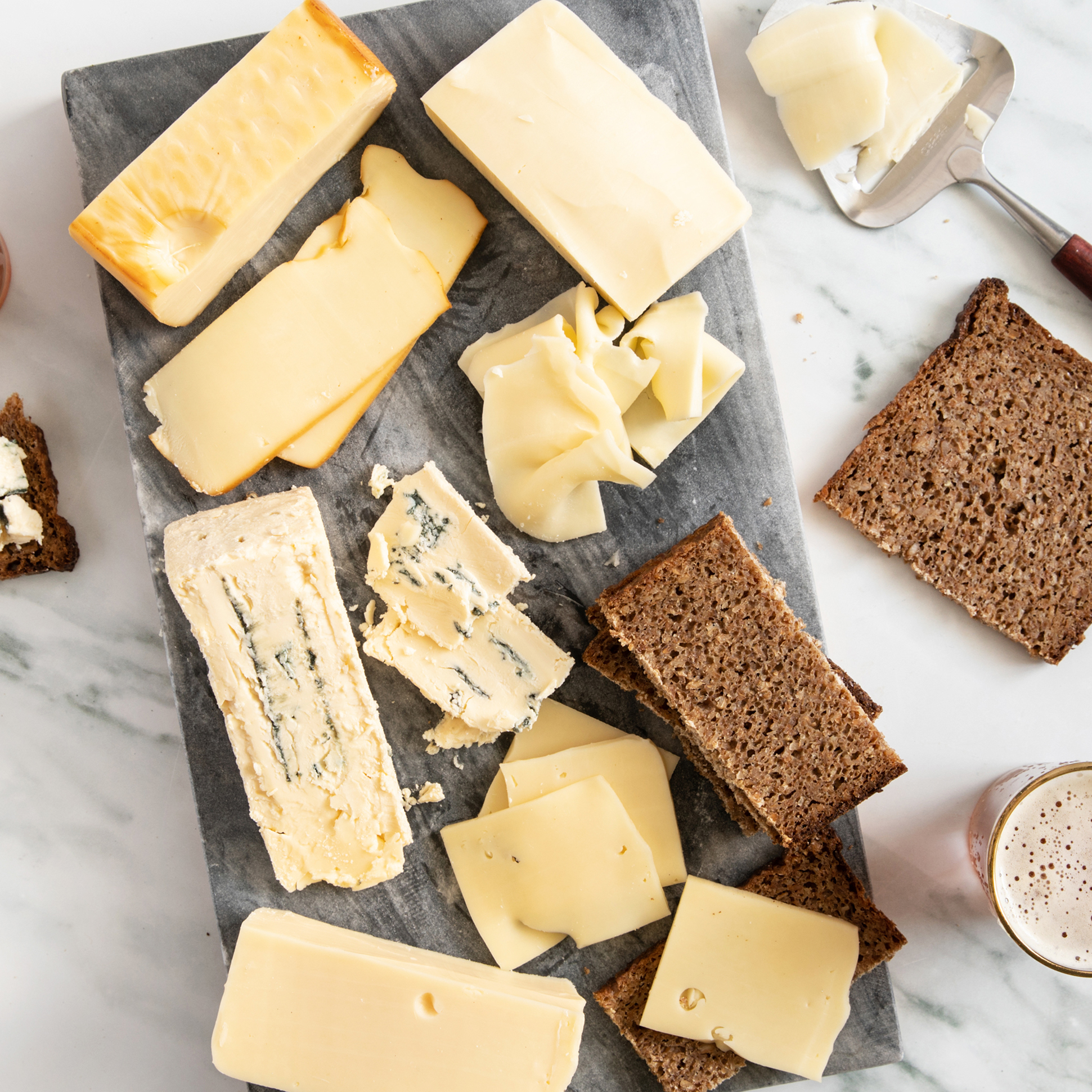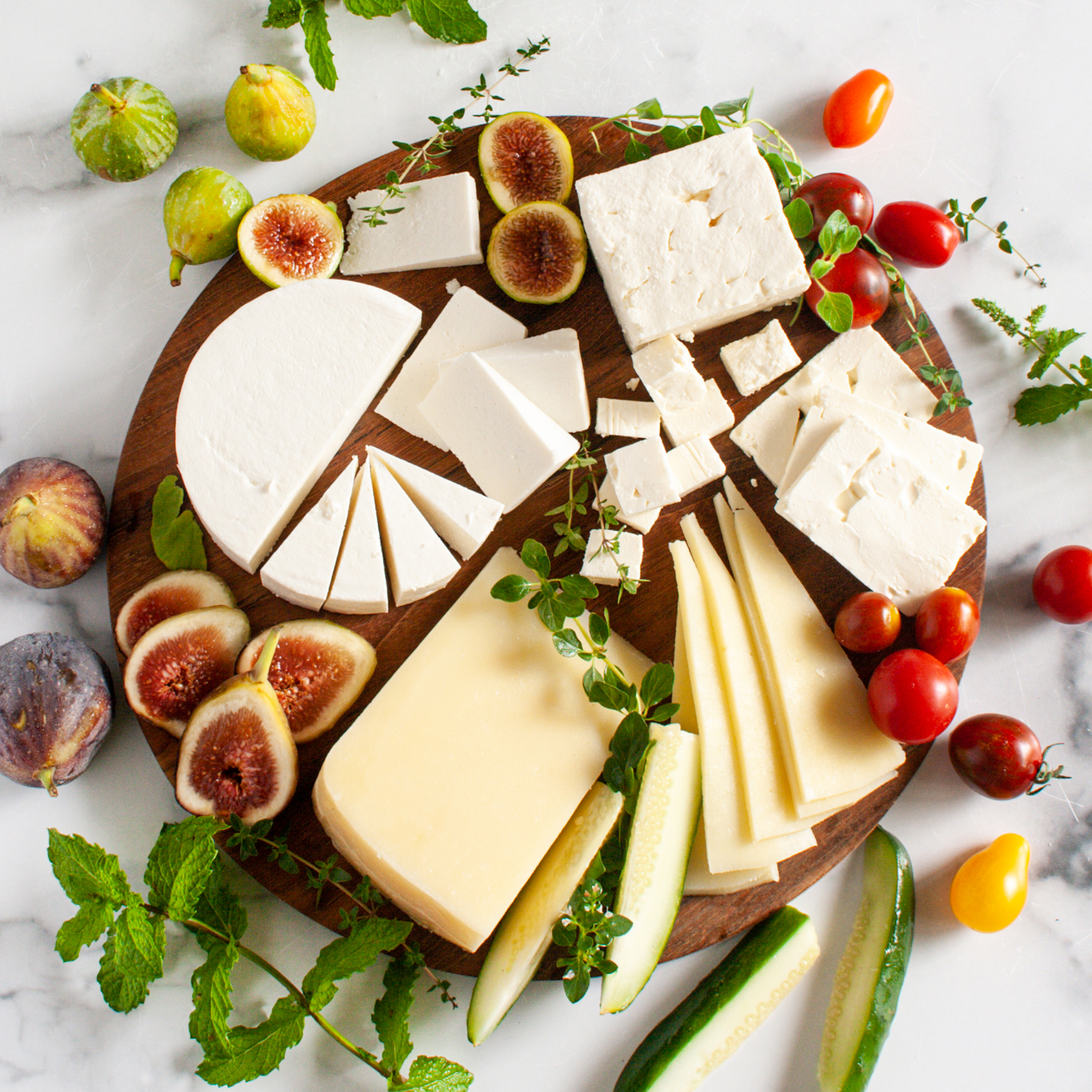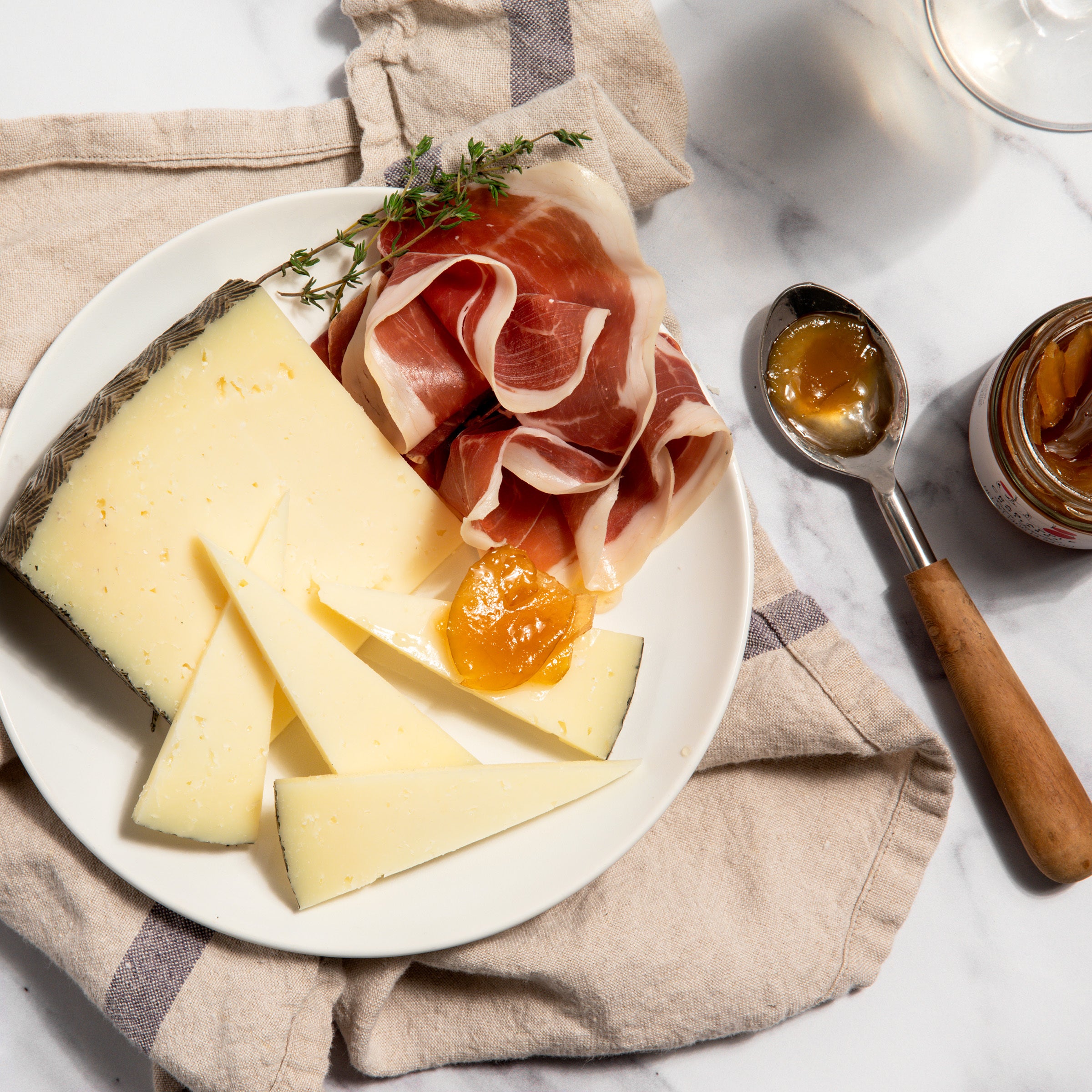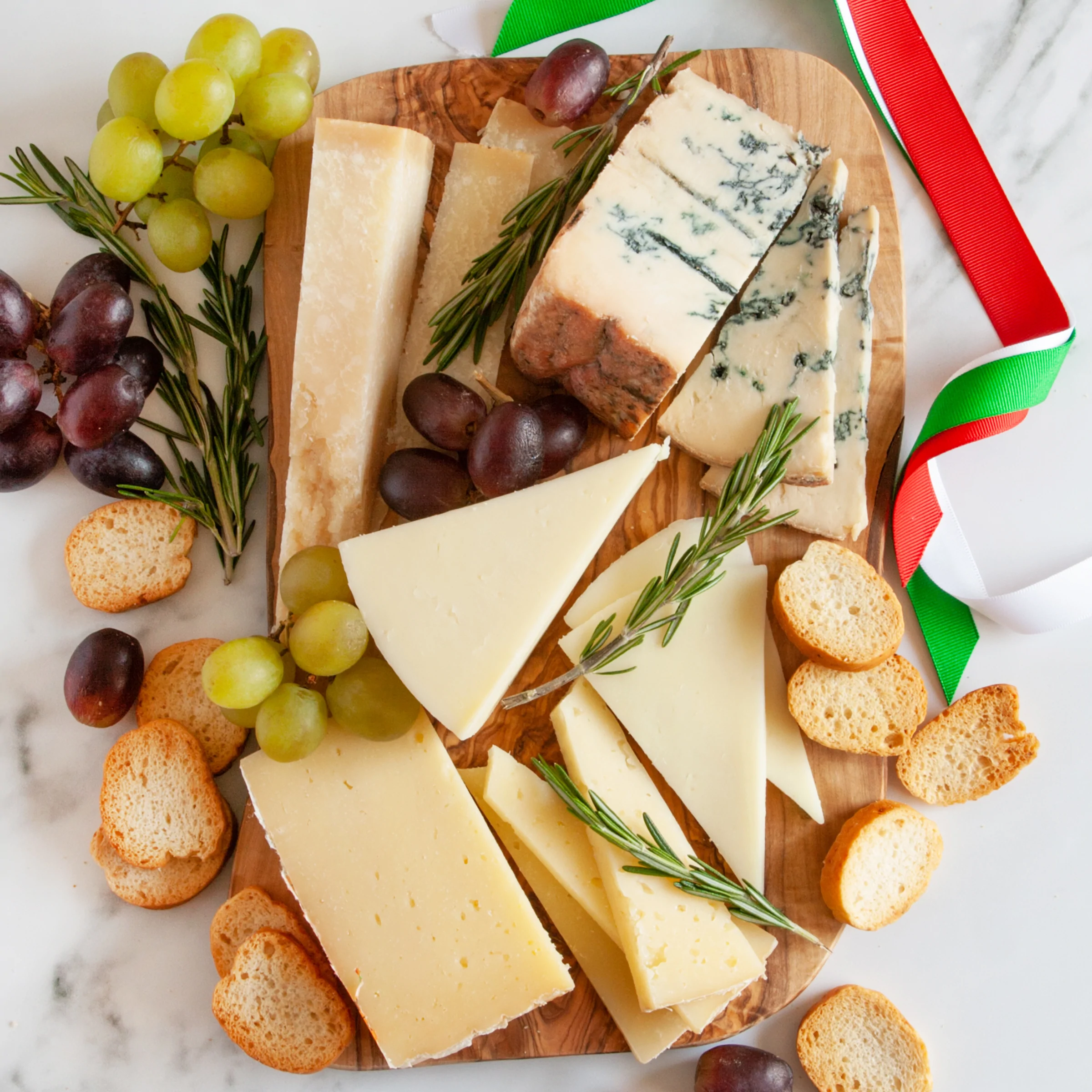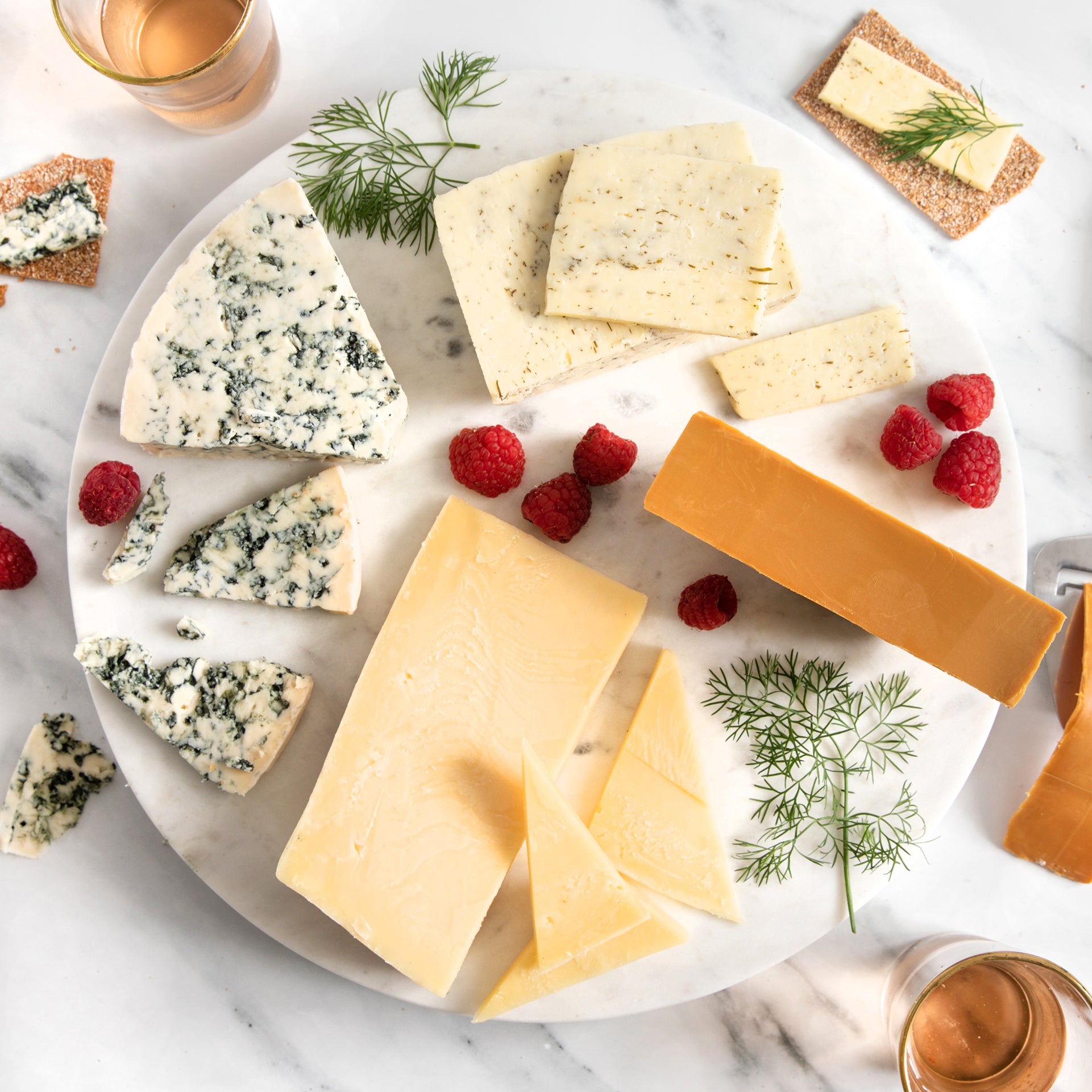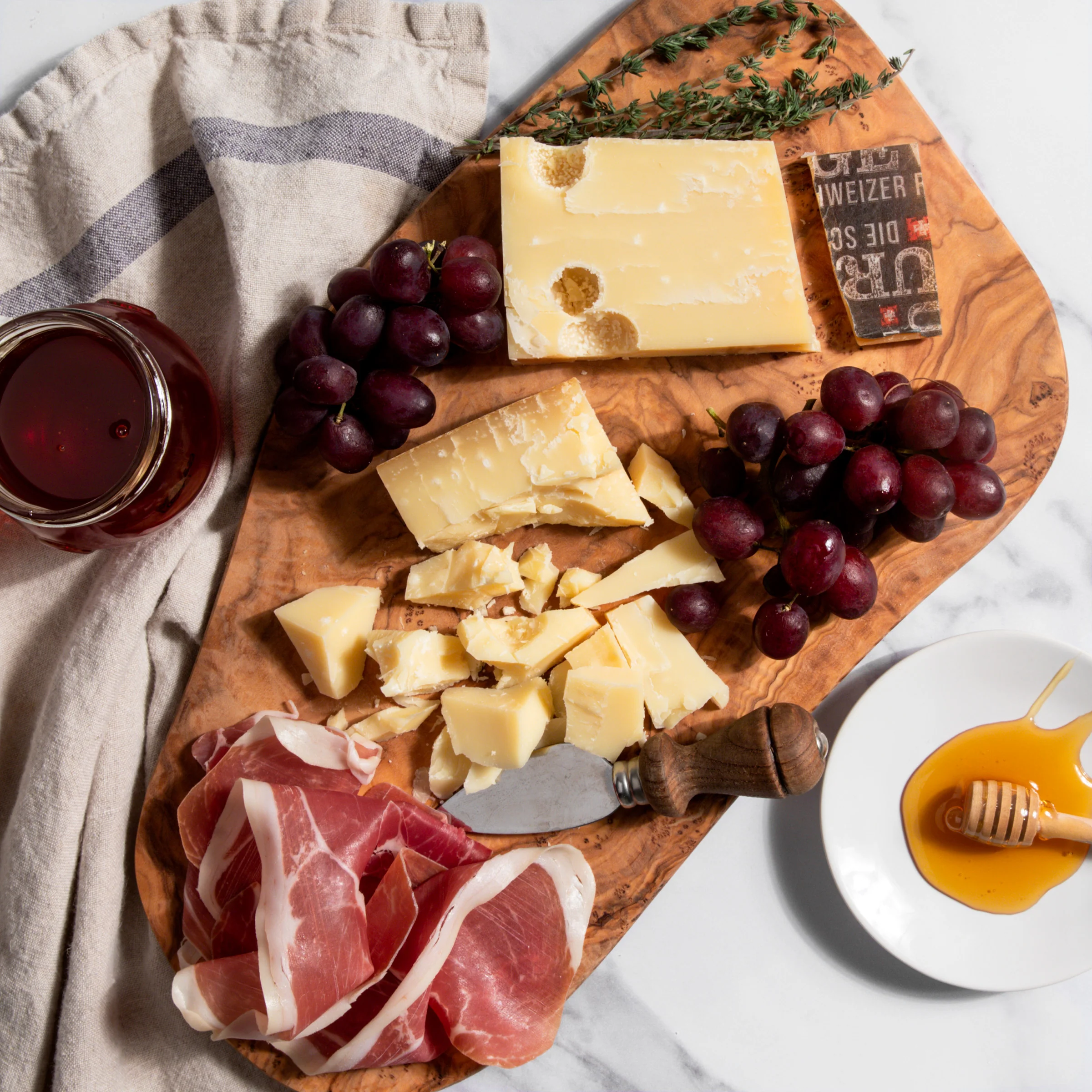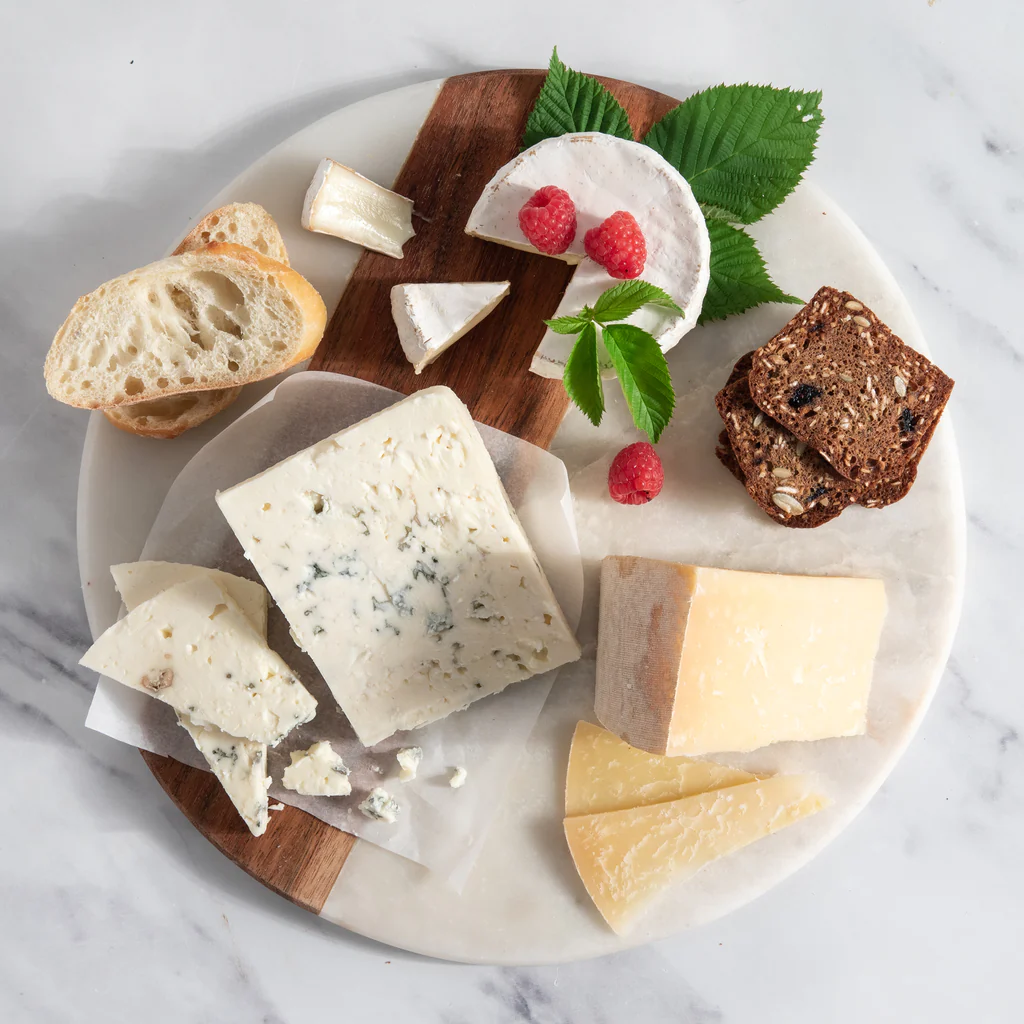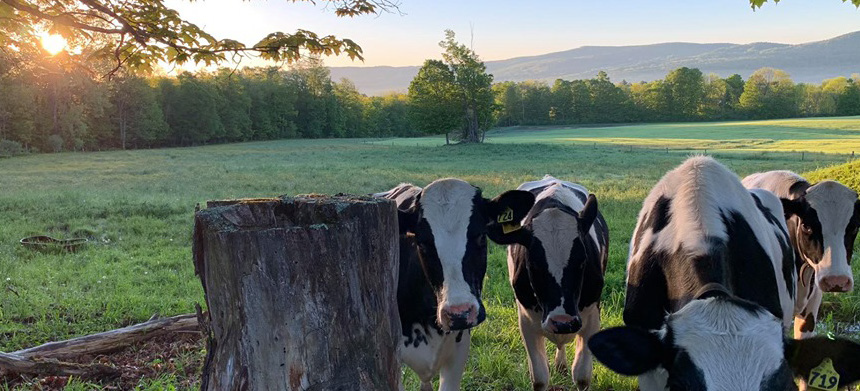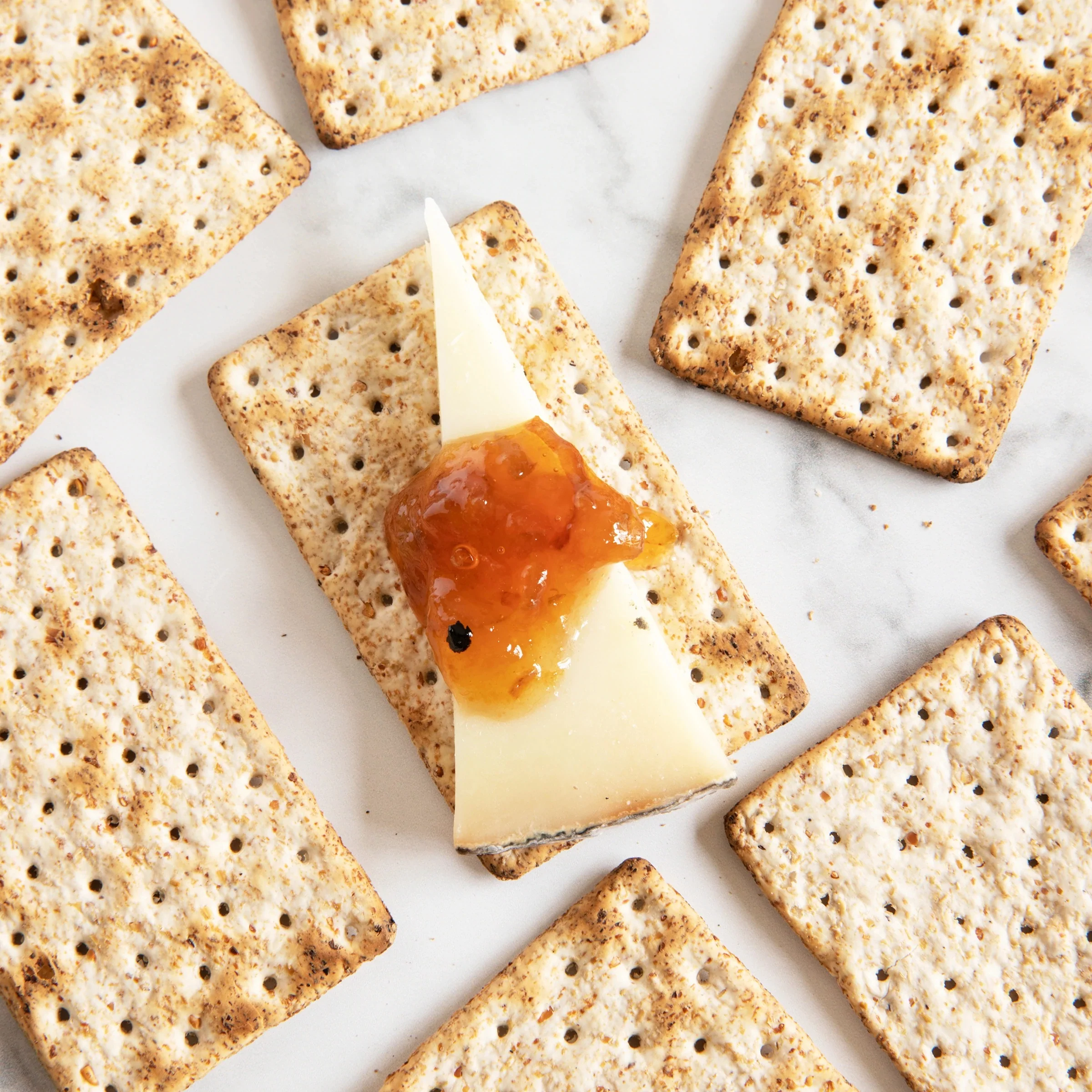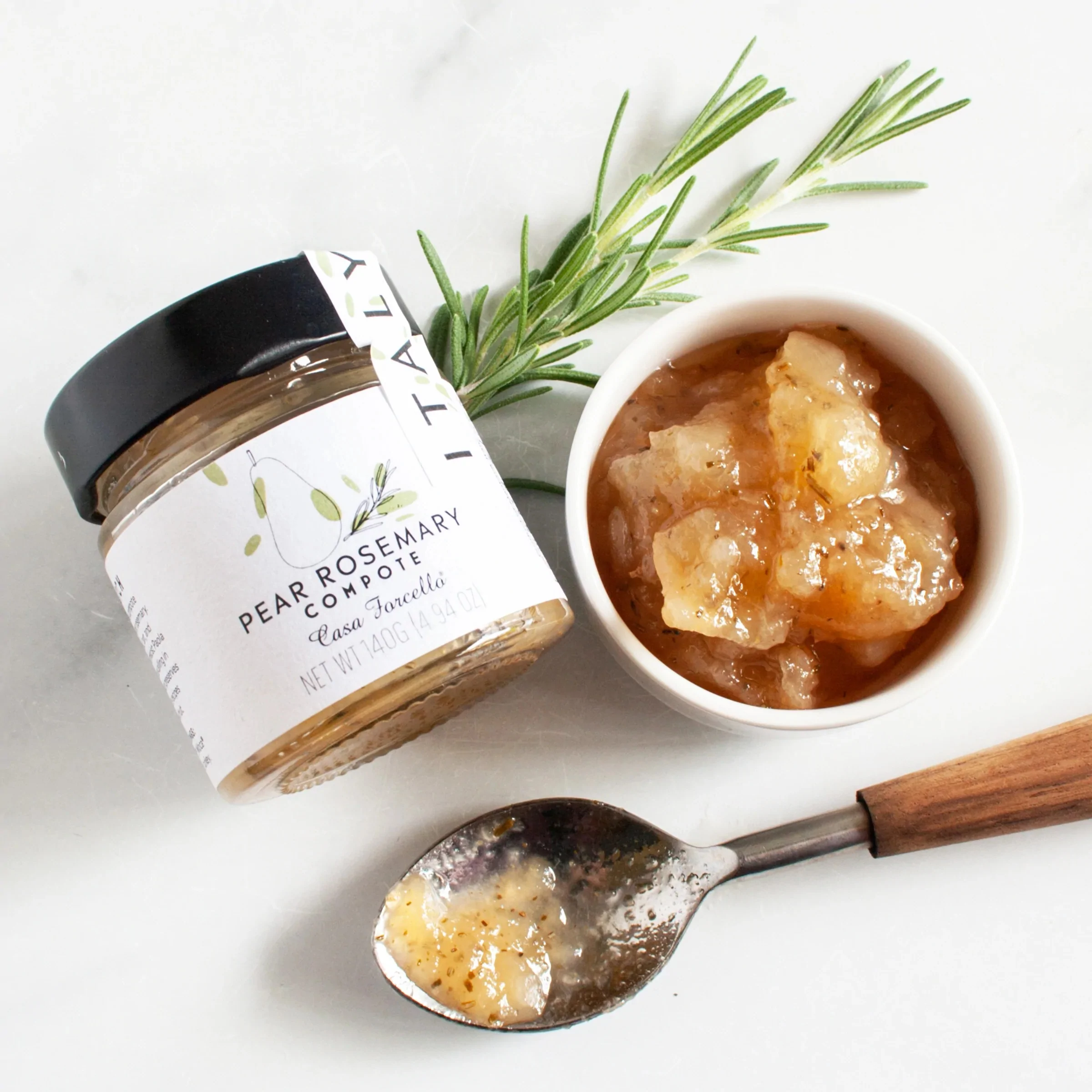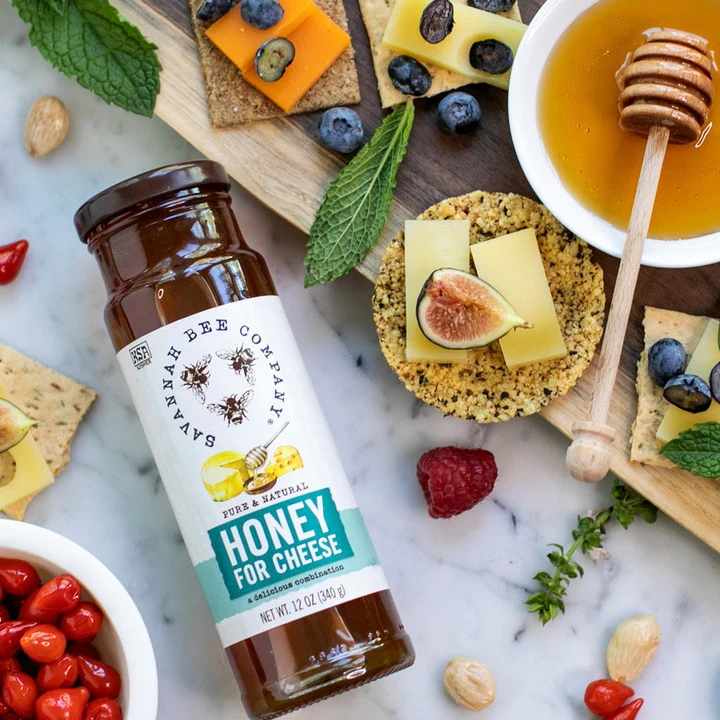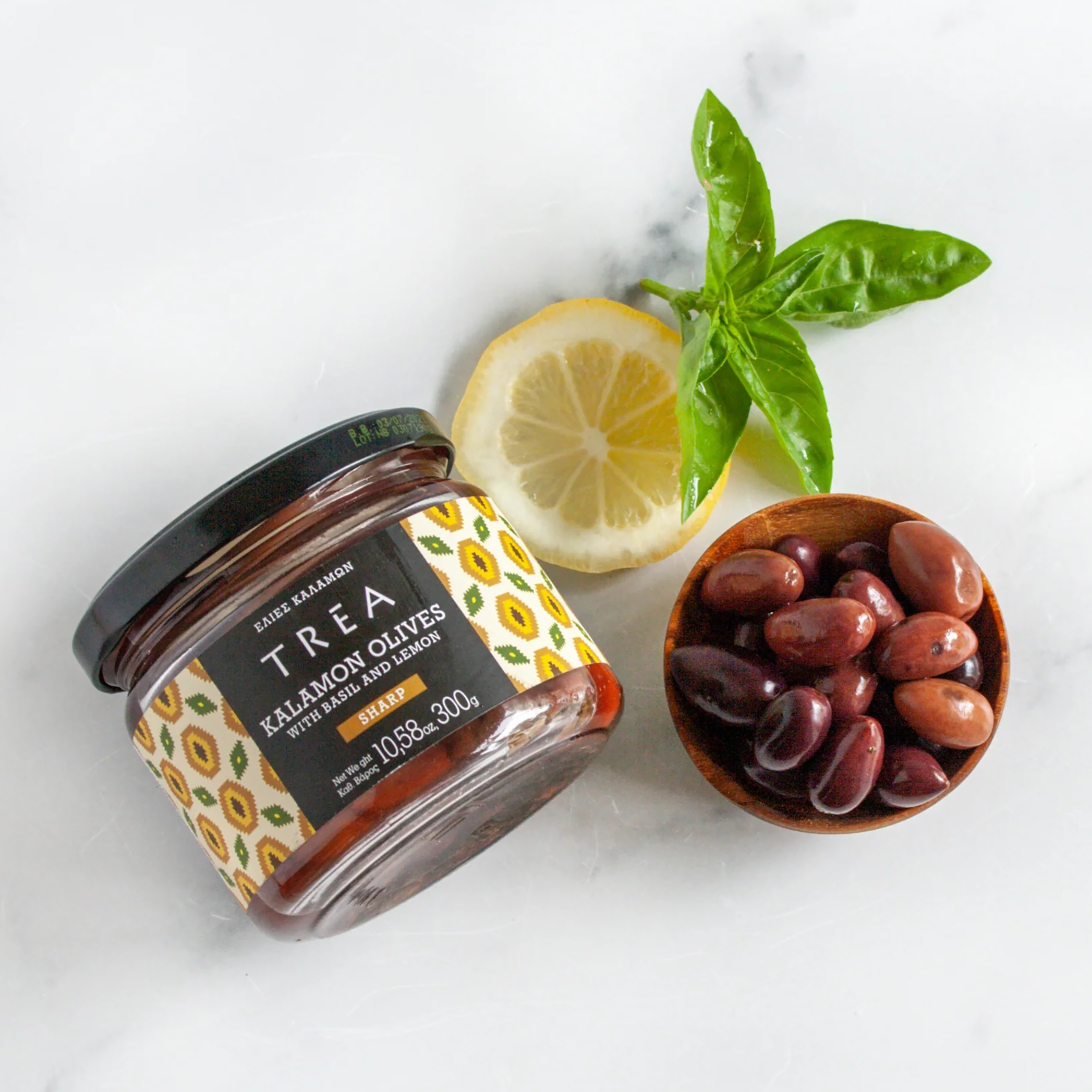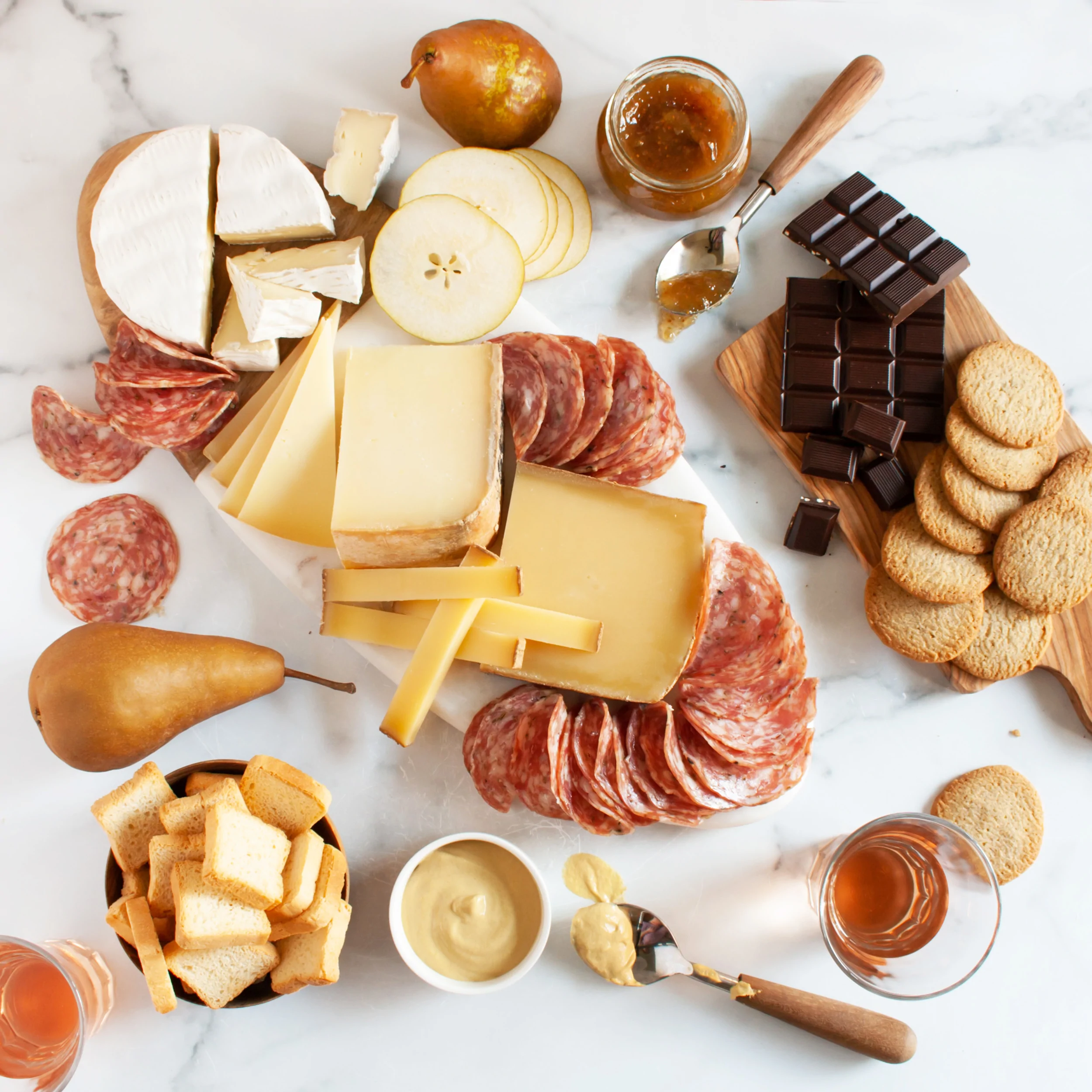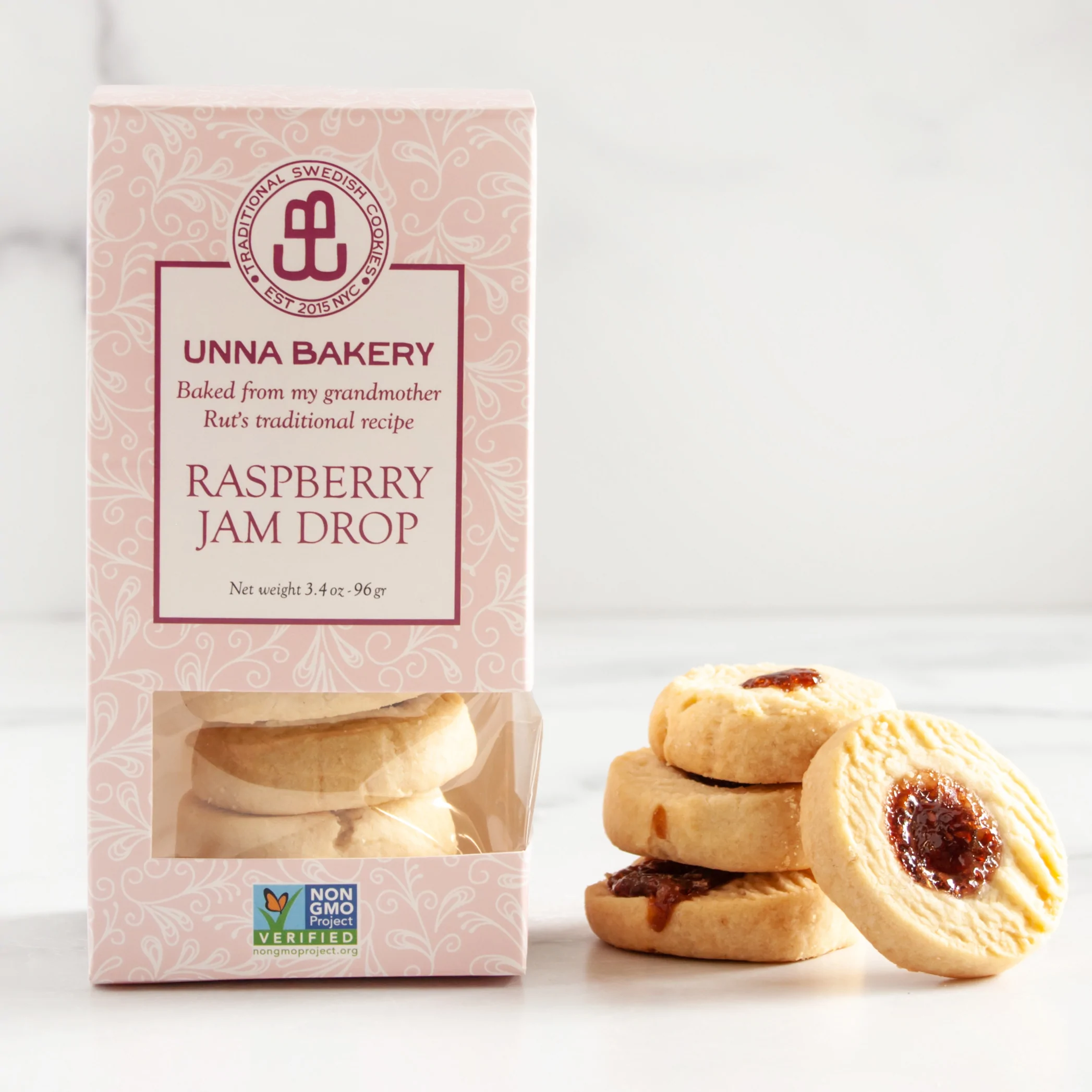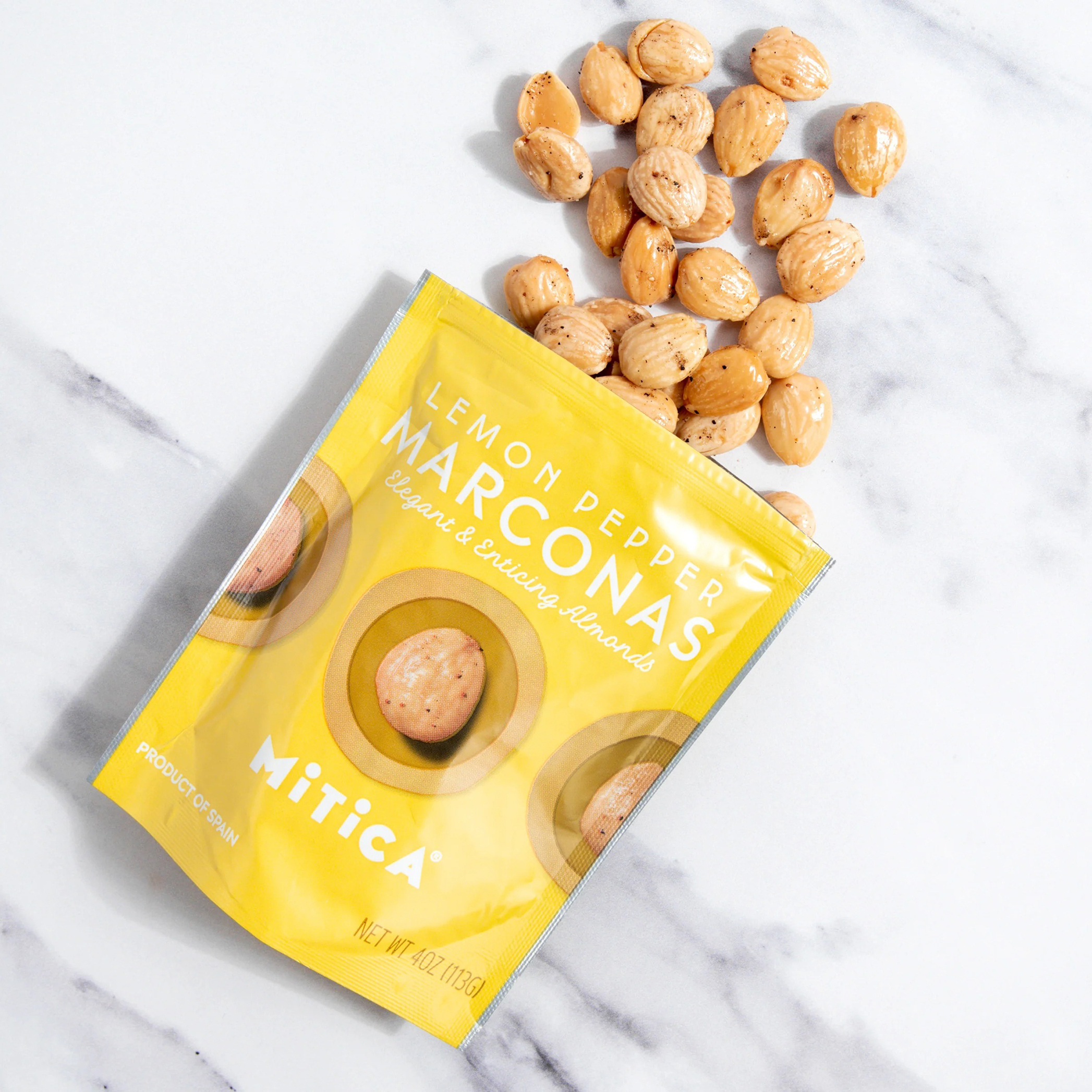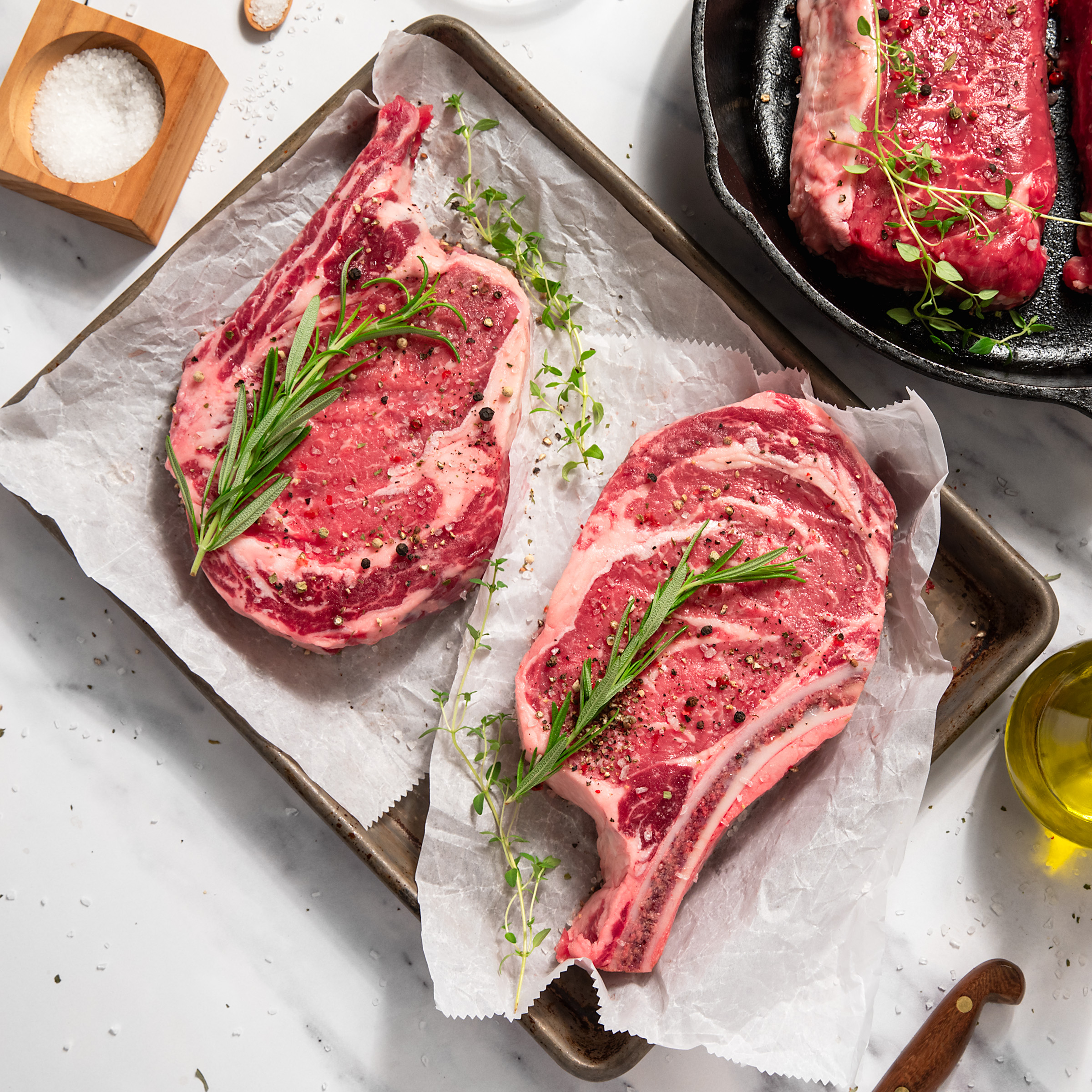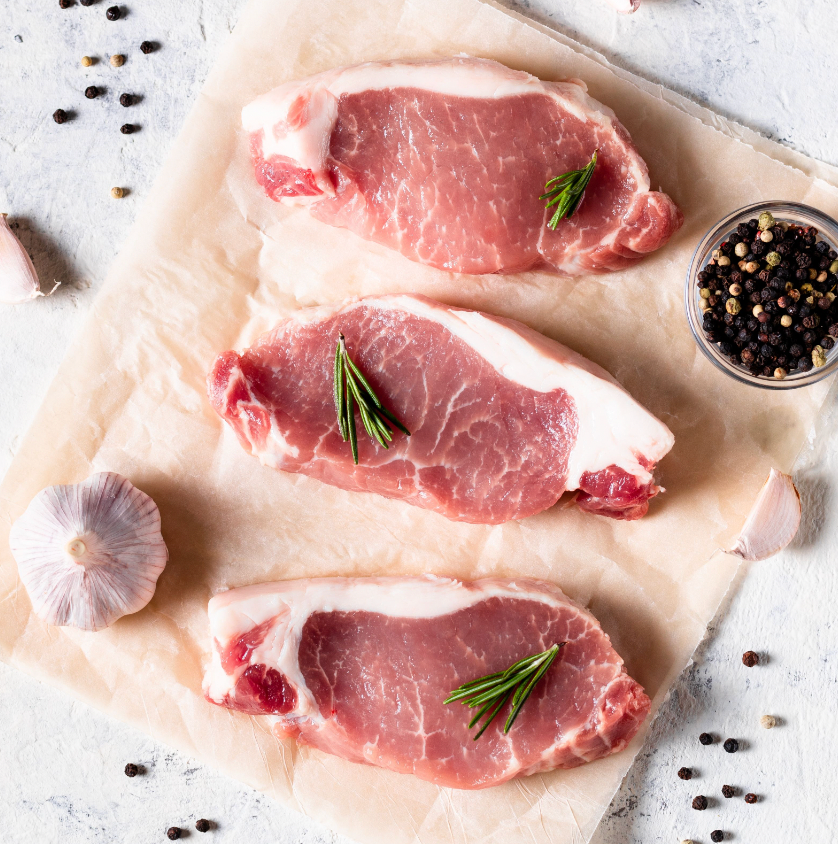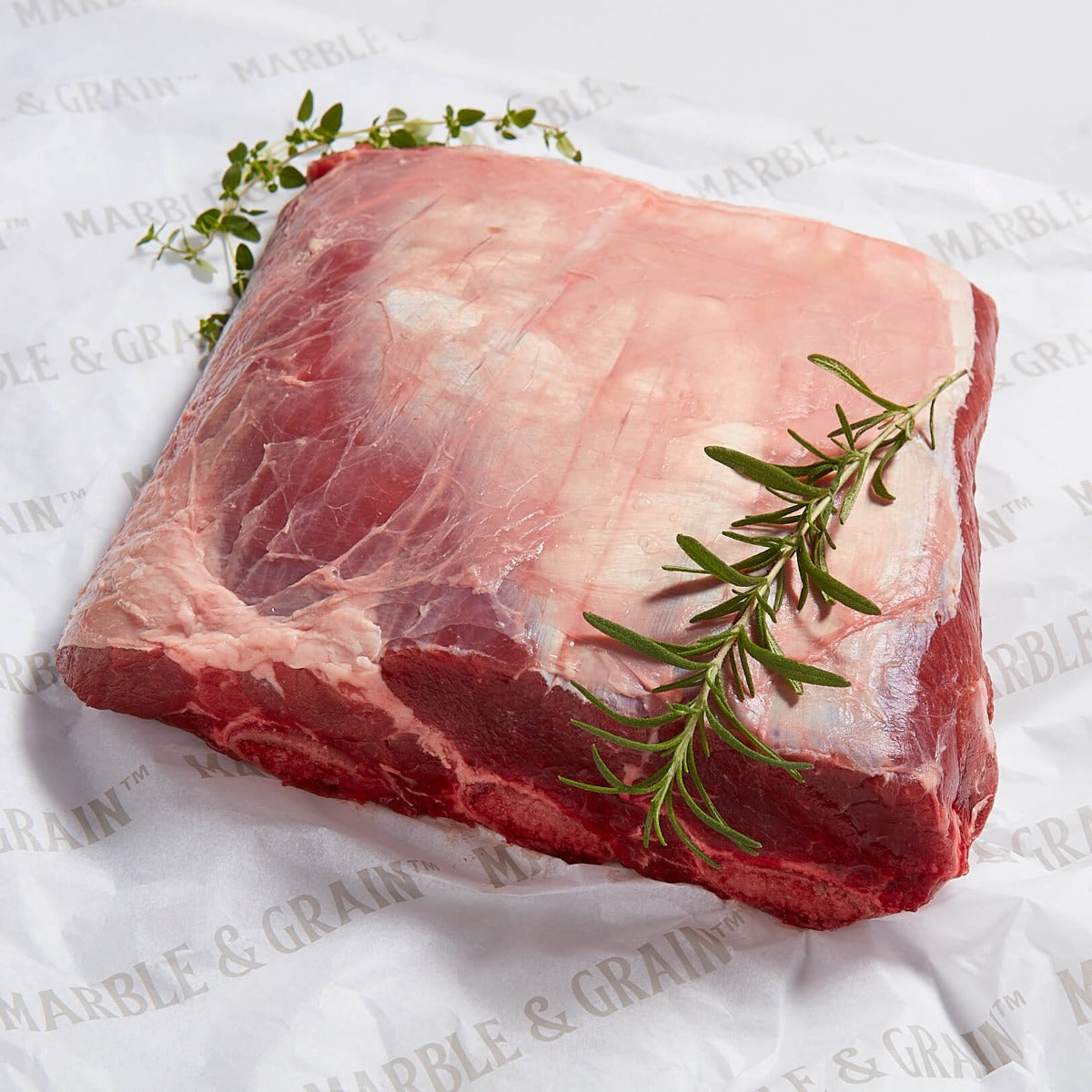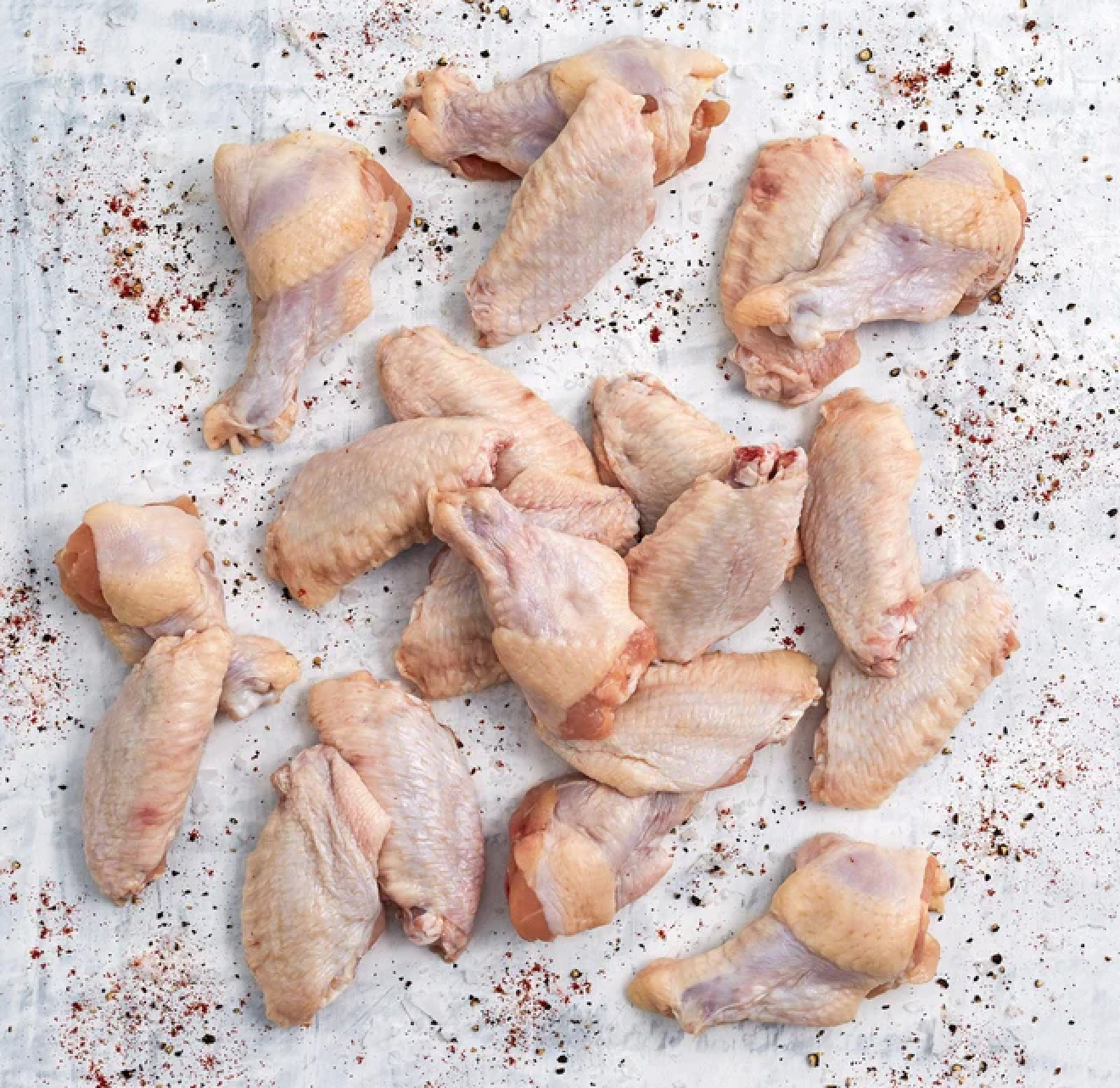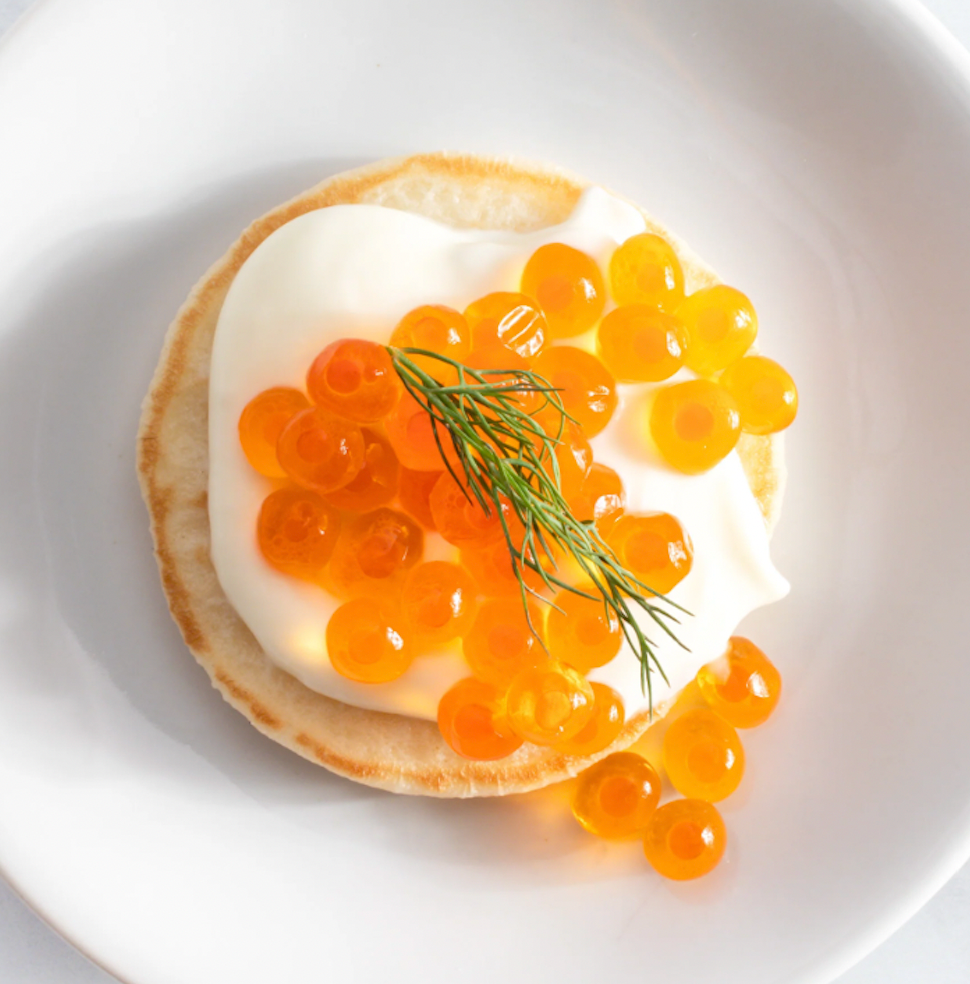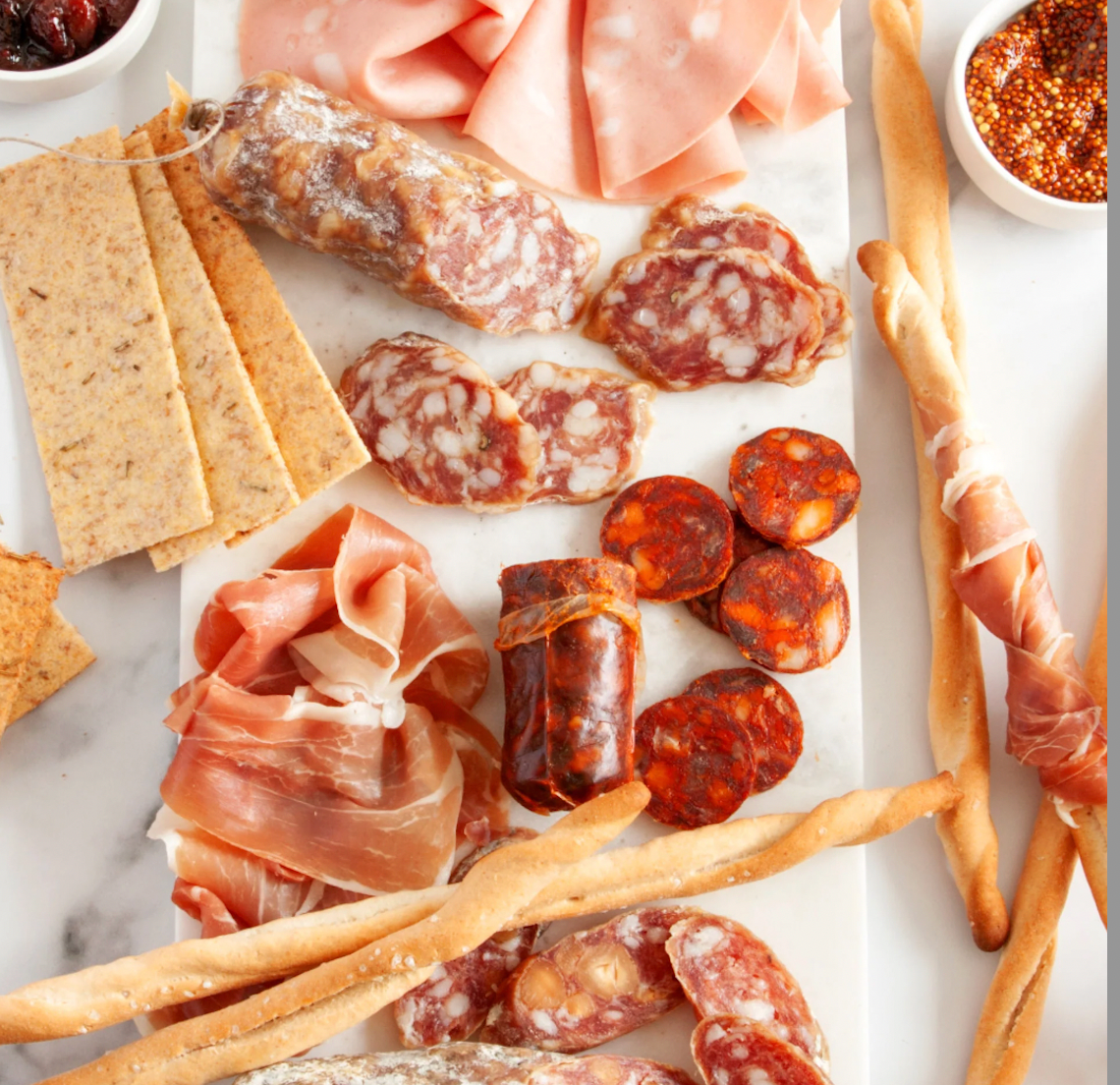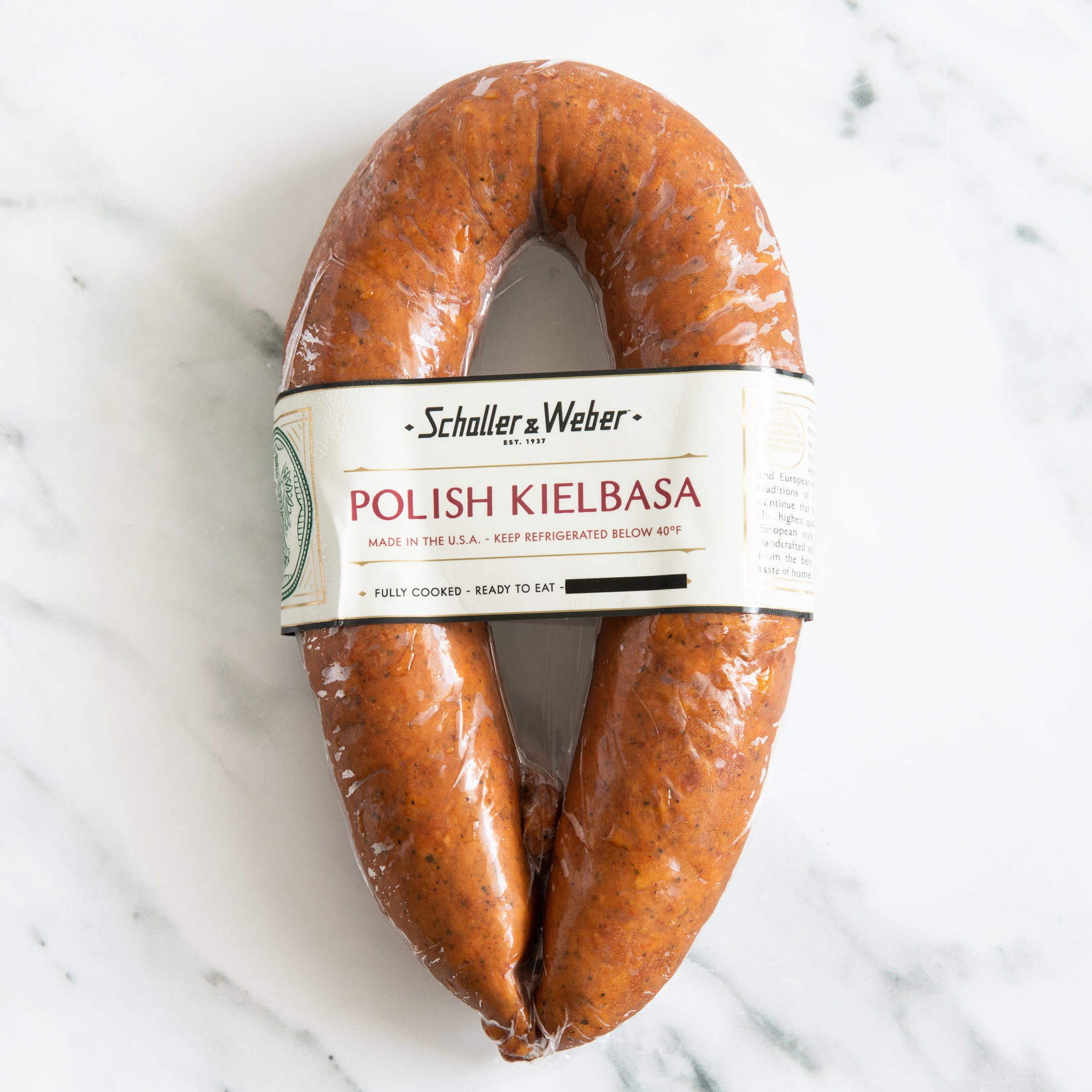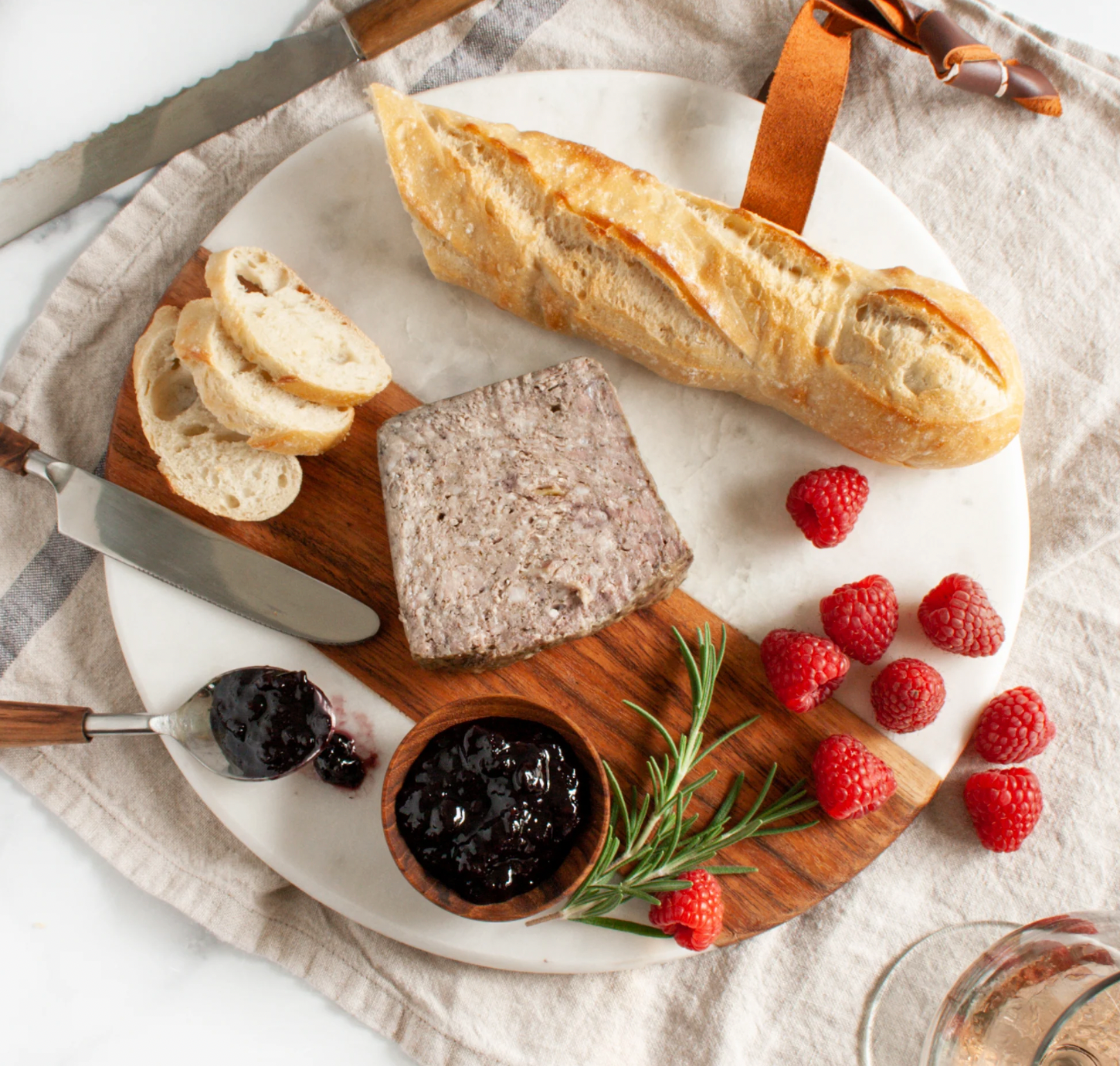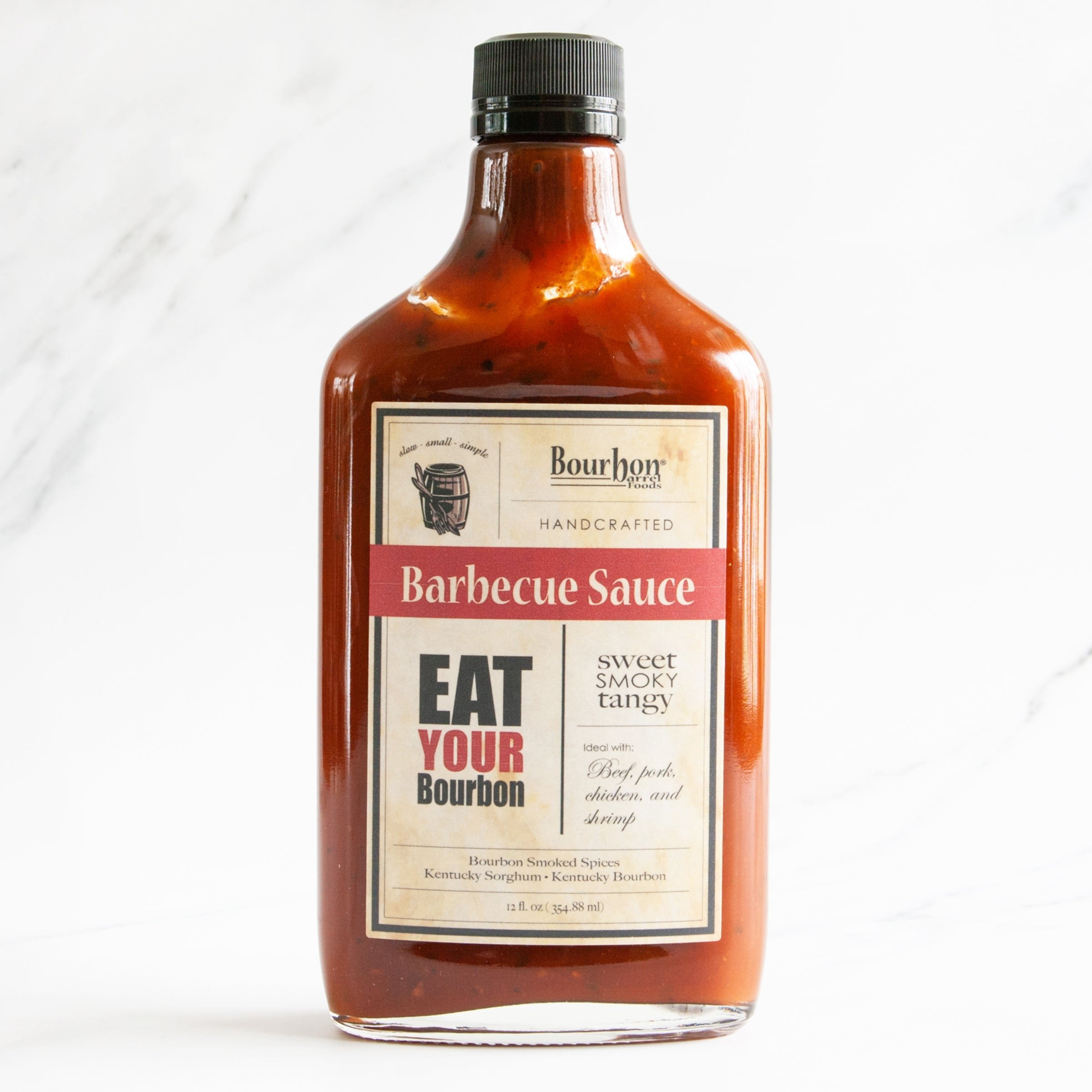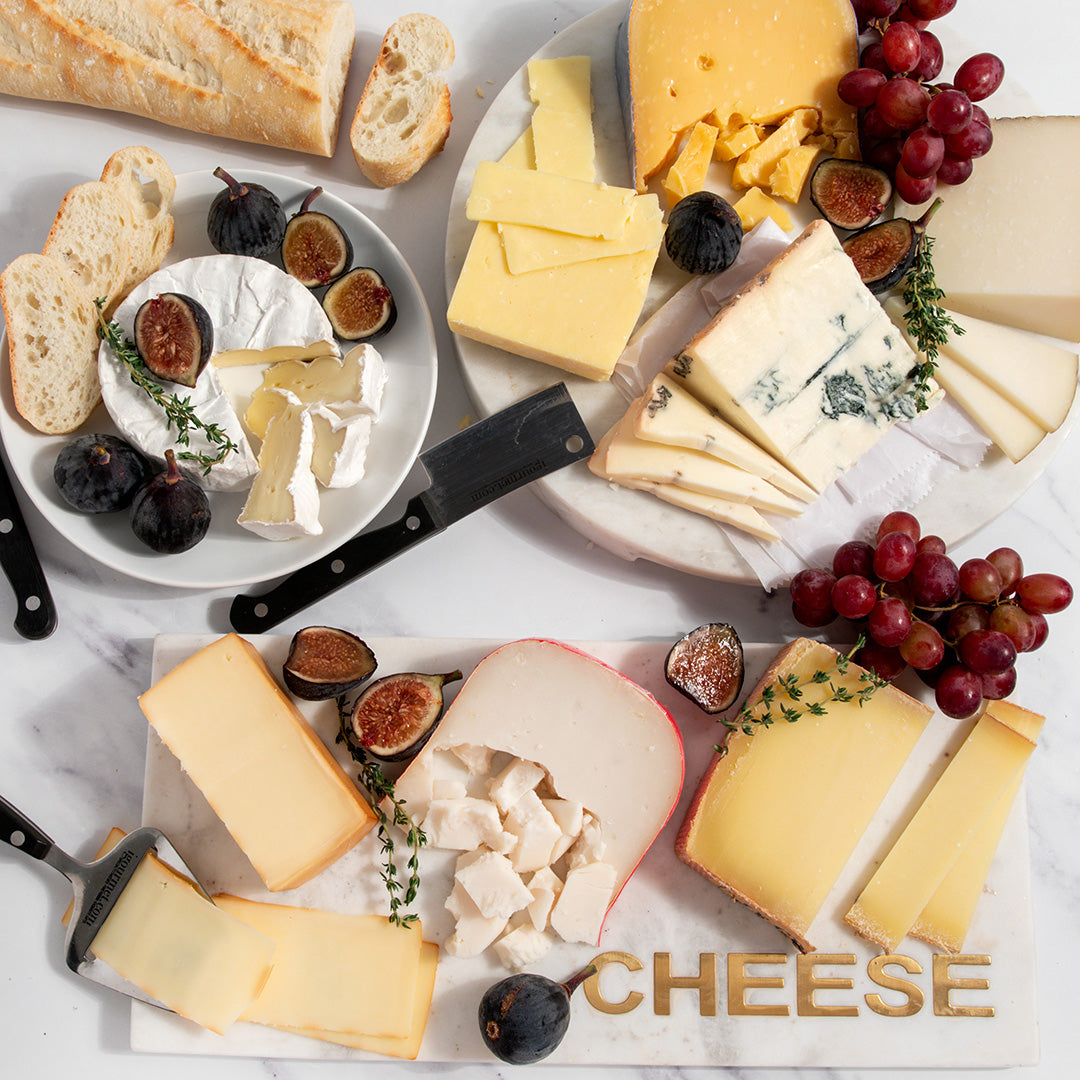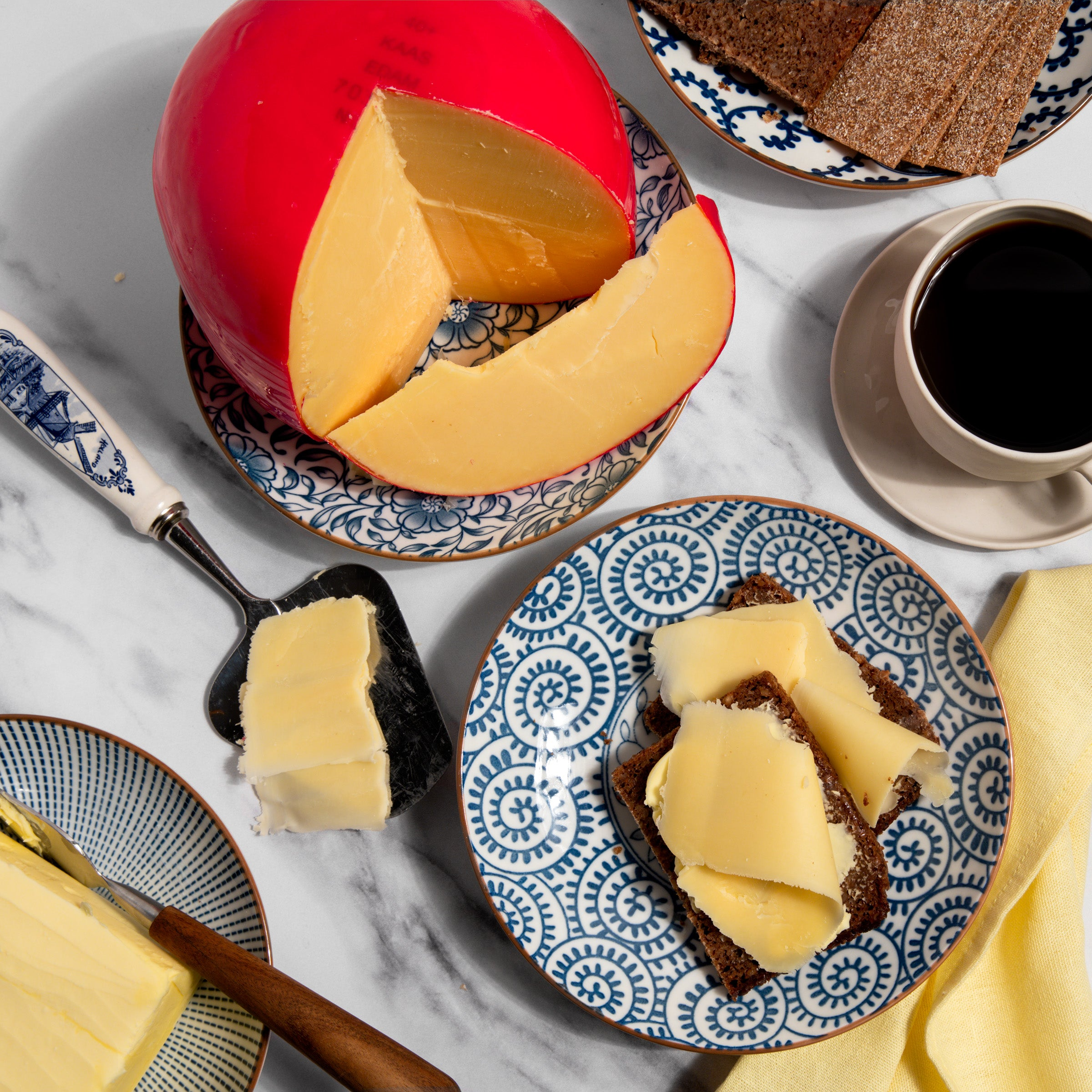Guide to Cheese Types
Maple Syrup - Gourmet Guide
June 12, 2019 | By Dave Mattingly
Maple Syrup is an amber colored sweet liquid made from boiled down maple tree sap. Maple trees store starch in their trunks during the winter, which is then converted to sugar in the spring. Maple Syrup is obtained by tapping a maple tree, which discharges sap from its trunk. At this point, the sap is clear and low in sugar and flavor. The sap is then boiled to create Maple Syrup's characteristic flavor, color, and dense sugar content.
Maple Syrup was first created by Native Americans of North America, primarily in the Northeastern US and Eastern Canada. Native Americans introduced the practice of tapping maple trees to make Maple Syrup to early settlers and colonists. In 1764, Maple Syrup became an important sweetener in North America as a result of the Sugar Act, which placed high tariffs on imported sugar from the West Indies. Since the early 1900s, Maple Syrup production has largely decreased as sugar has become less expensive to produce. Today, 75% of the world's Maple Syrup is produced in Quebec, Canada. Vermont is the largest Maple Syrup producer in the US, accounting for approximately 5% of worldwide production.
Maple trees may only be tapped for four to eight weeks out of the year depending on weather conditions. As the weather warms, the flavor of the sap from a maple tree will change making it distasteful. A maple tree is not tapped until it is approximately thirty years old, and will typically yield between nine and thirteen gallons of sap in a season.
Grading of Maple Syrup is based on its density and color. Canada, the US and Vermont each have their own grading scales. The USDA has two grades, Grade A and Grade B. Grade A has three subdivisions: Light Amber, Medium Amber and Dark Amber. In general, the darker the color, the richer the flavor. Grade B Maple Syrup is very dark and is typically used in cooking and baking. In the US, to be labeled "Maple Syrup", the syrup must be made almost exclusively of maple sap. Pure Maple Syrups have many imitators such as pancake and waffle syrups that are made with artificial flavoring and described as "maple flavored".
Similar in caloric content to sugar, Maple Syrup contains the beneficial minerals manganese and zinc. Zinc is an antioxidant that protects heart health and manganese supports the immune system. Traditionally Maple Syrup has been a popular accompaniment to breakfast when used to flavor pancakes, waffles and french toast. Maple Syrup is also an incredible sweetener for ice cream, fresh fruit, granola, oatmeal, apple sauce, sweet potatoes, pies, pastries, coffee and tea.
Regional Maple Syrup Production
Most of the world's Maple Syrup production takes place in the northeastern US and eastern Canada. The top producing regions of Maple Syrup are as follows:
- Quebec, Canada
- Vermont, USA
- New York, USA
- Maine, USA
- New Brunswick, Canada
- Wisconsin, USA
- New Hampshire, USA
- Ohio, USA
- Pennsylvania, USA






